A visit to Heide Museum of Modern Art

A visit to the galleries and gardens at the Heide Museum of Modern Art remains a recommendation for anyone in Melbourne. The gallery is 30 minutes (more or less) from the CBD and is definitely worth the visit.

A visit to the galleries and gardens at the Heide Museum of Modern Art remains a recommendation for anyone in Melbourne. The gallery is 30 minutes (more or less) from the CBD and is definitely worth the visit.
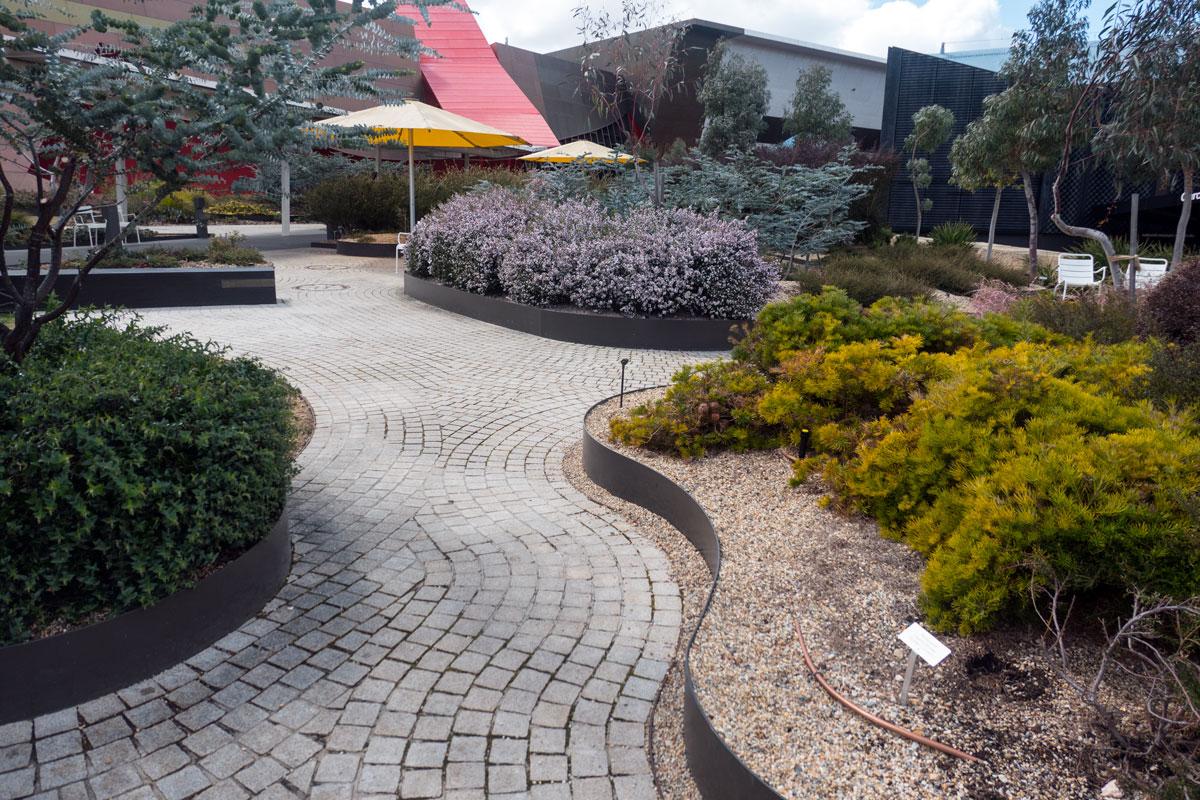
This piece was originally published in September 2022
A visit to an exhibition at the National Museum of Australia provided the extra opportunity to have a look at the new garden at the entrance and to check out again the Garden of Australian Dreams.
Continue reading Gardening and farming at the National Museum
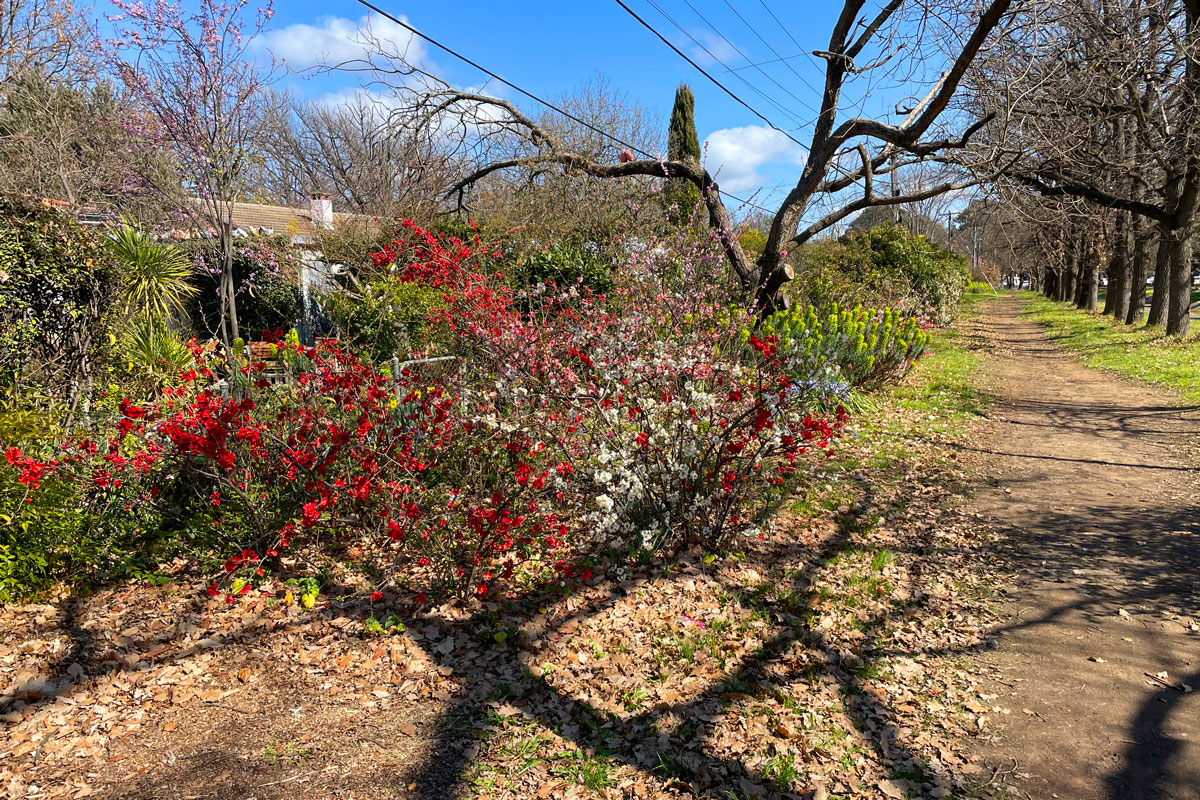
At the end of June, I took time out from writing about local urban political matters.
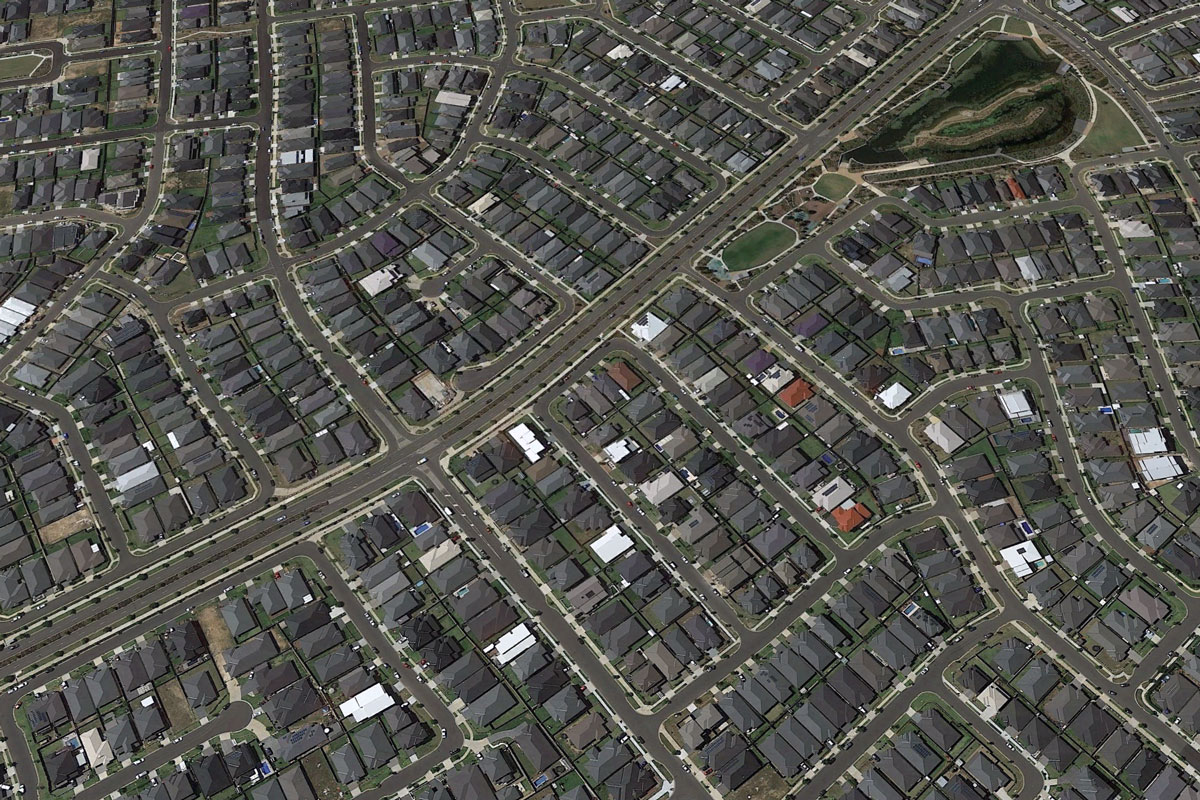
Many decades ago when talking to a staff member of the National Capital Development Commission (NCDC) in their 220 Northbourne office about urban and social matters, I was distracted by the view south from the 9th floor office window.
Continue reading Understanding landscape should be the chief qualification
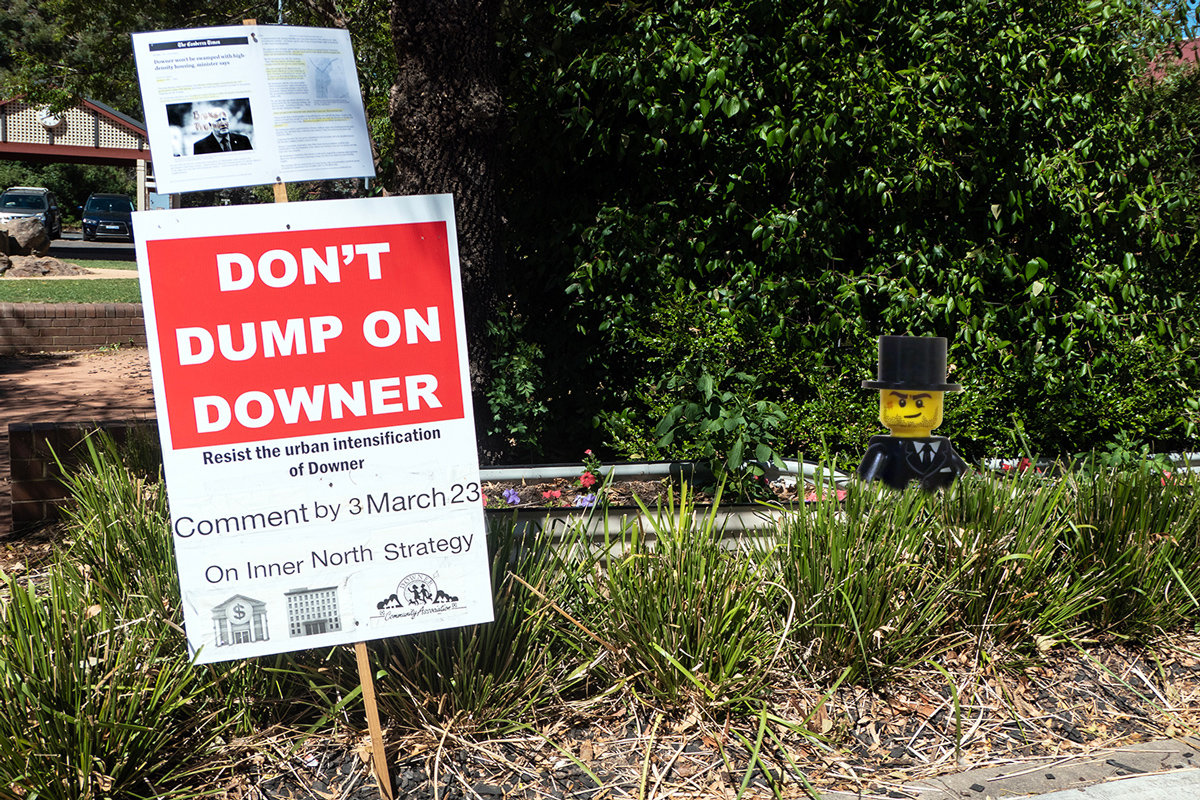
Community groups who have studied the Greenslabor planning reform plans and strategies know that the chief minister’s deregulation reforms will devastate the suburban characteristics that attract people to this city.

There is huge gap in values between those of the residents of this city and those of the ACT’s planning authority. Canberra’s community groups have been writing submissions about their aspirations and urban priorities for more than a decade.
Continue reading The differences in values widens between the ACT government and residents
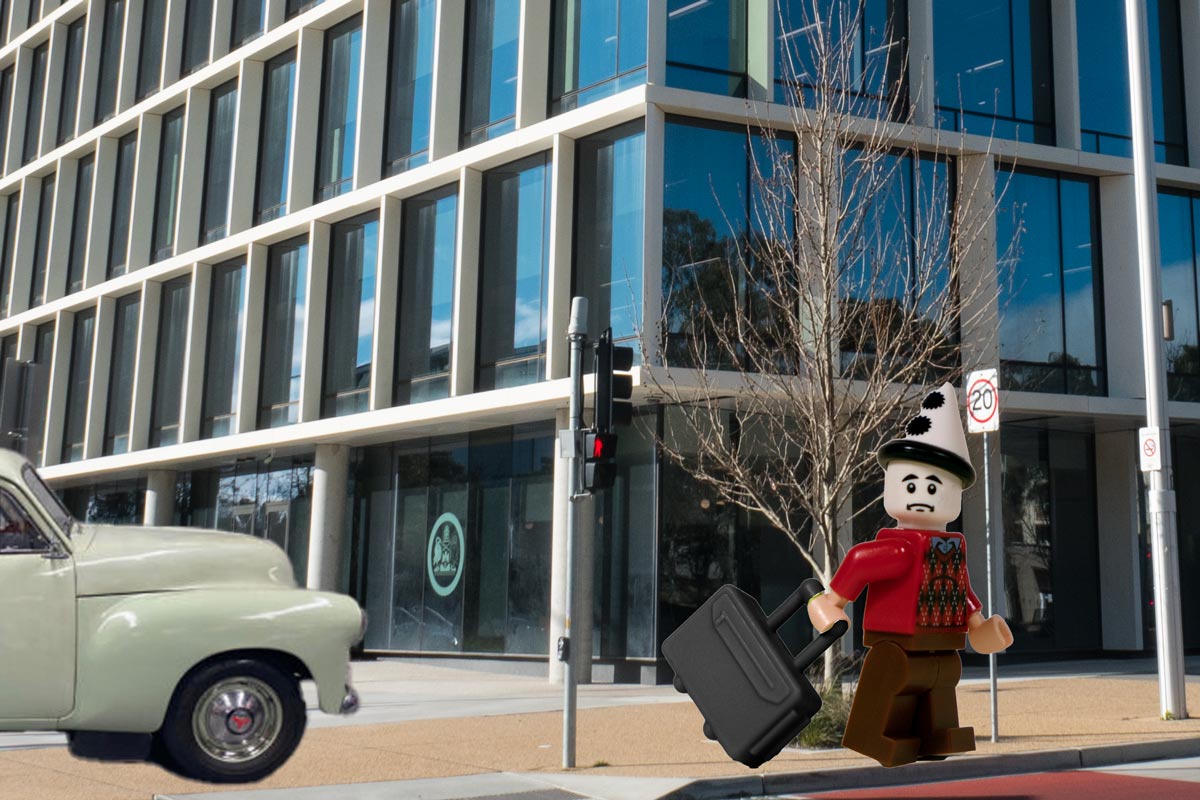
The Minister for Canberra Planning has reassured residents that the minister has read the hundreds of submissions that hard working Canberra residents have submitted about the so-called planning reforms.
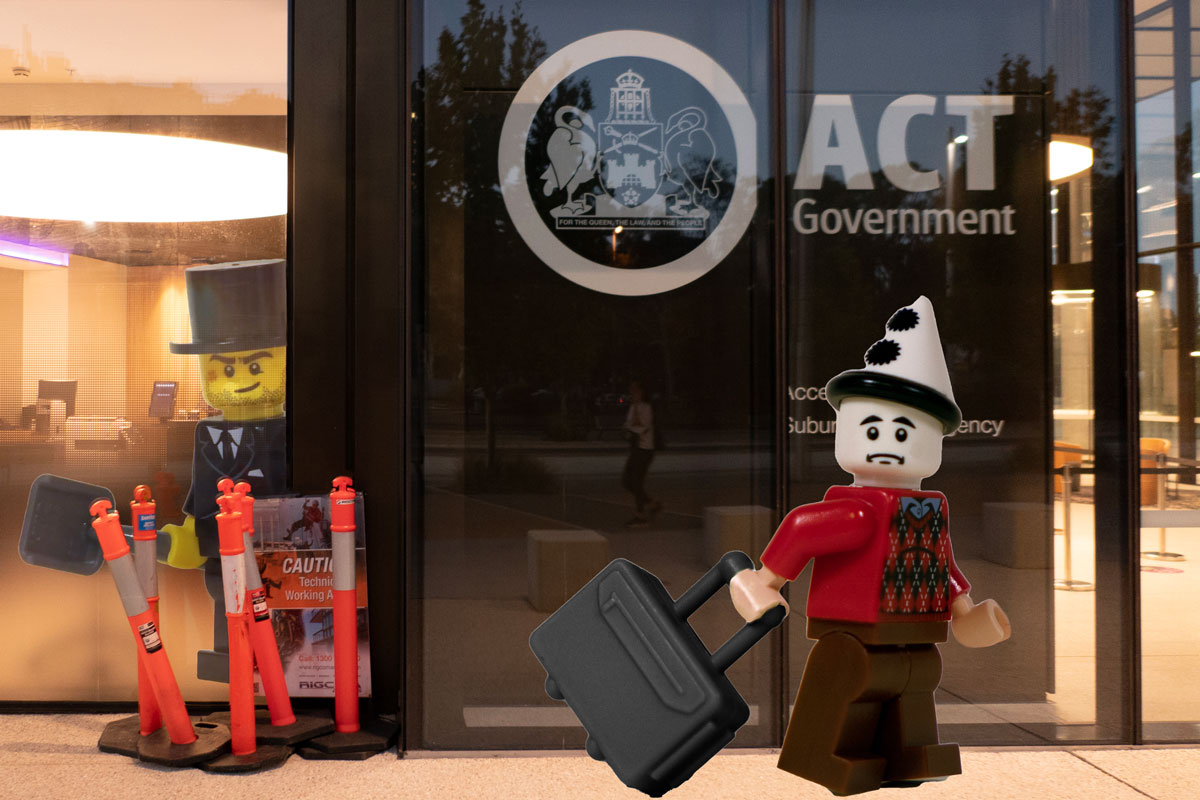
In 2011 the Dickson Residents Group asked the then planning minister, Andrew Barr, to consider a comprehensive eight-point plan for this inner north precinct.
Continue reading Welfare organisations fall for the Greenslabor Mything Middle scam
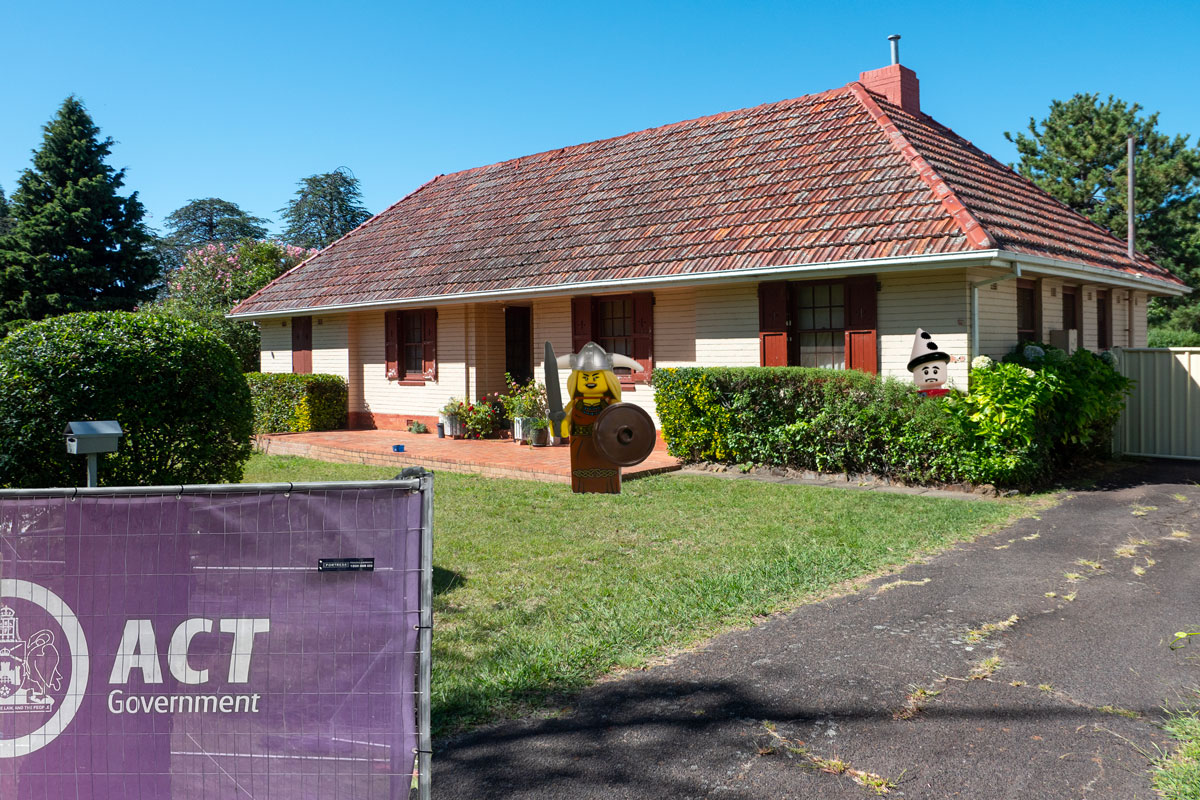
Recent opinion pieces highlighted the ACT government’s badly managed planning authority and how they continually ignore their own rules and then object when they are overruled by the appeals tribunal.
Continue reading Does the ACT Housing minister know how to read?

Unfortunately for the city’s future, the ACT Chief Planner is not known for taking biodiversity seriously. Others do, although their efforts may be a little too polite to make any impact on this Greenslabor government.
Continue reading Chief Planner ignores biodiversity in his reforms
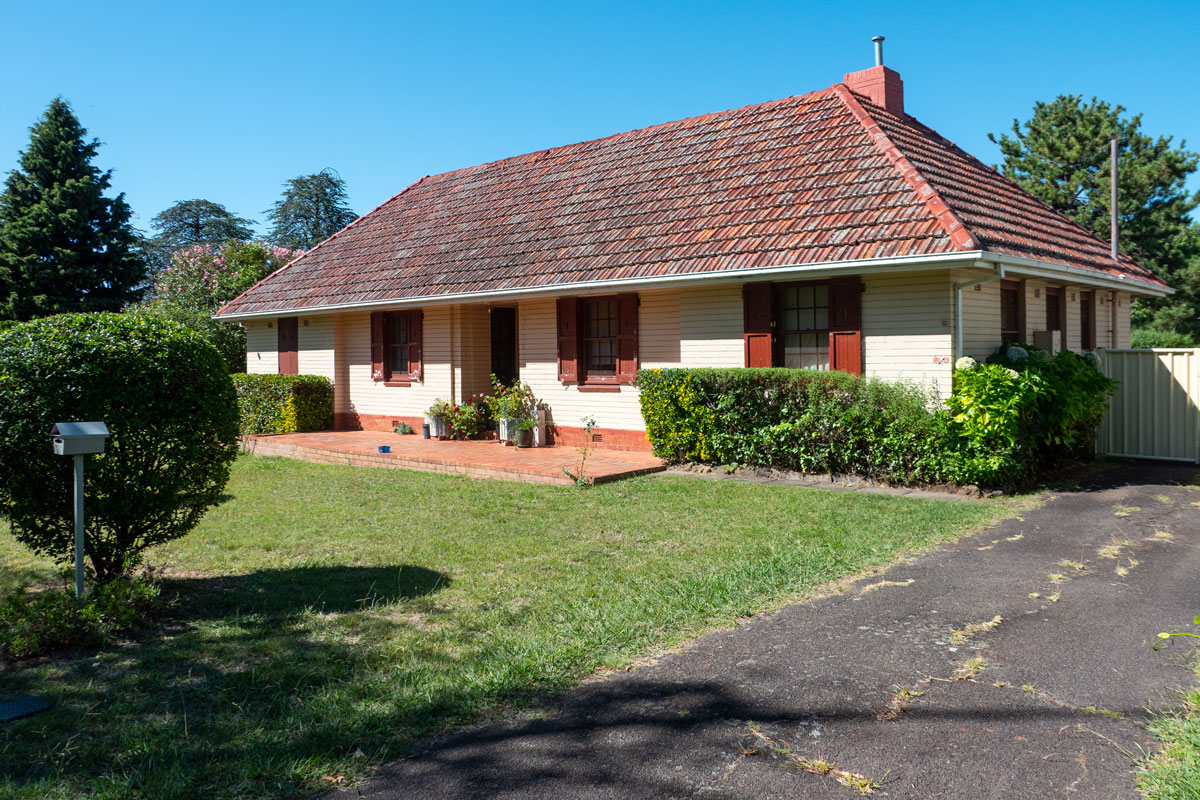
Given the latest line-up of Housing ACT development applications for sites in Griffith that were thrown out by the appeals tribunal, the question is who has taken responsibility for these defective proposals for social housing.
Continue reading No one takes responsibility for ACT Housing non-compliant approvals
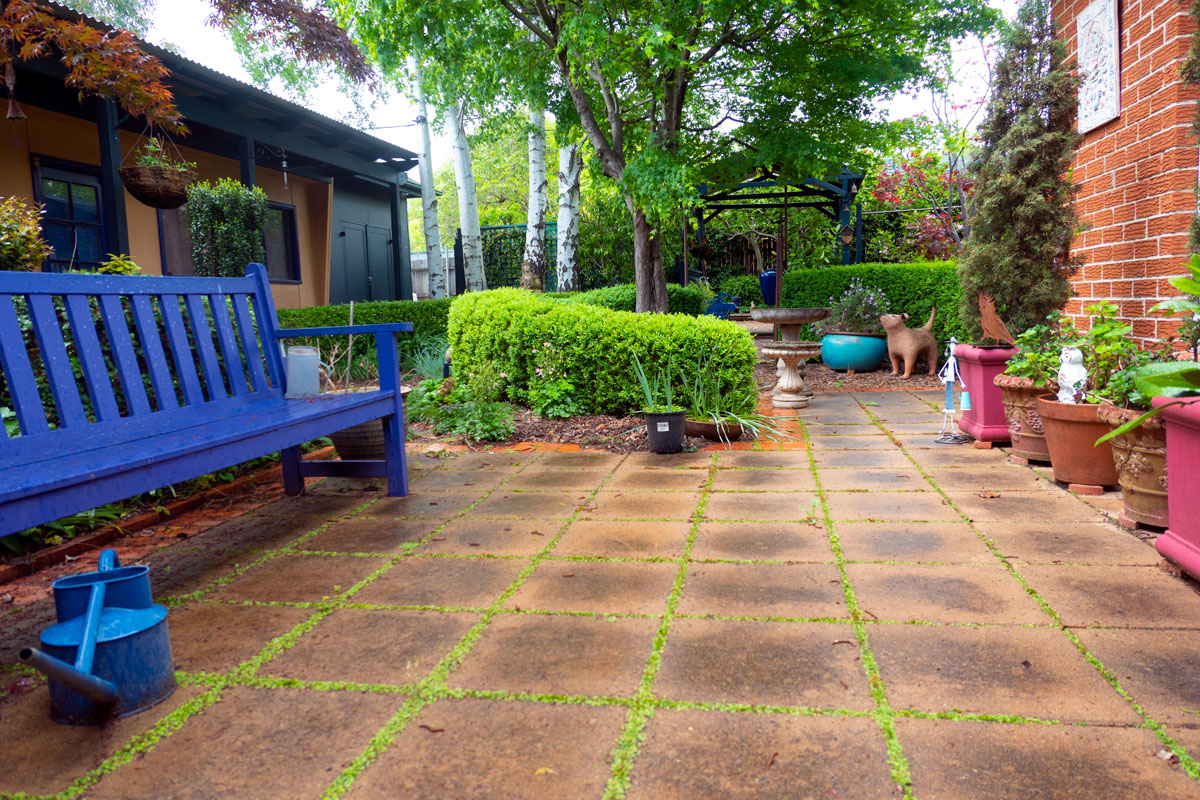
On Saturday 5th November 2022 I wrote an online piece for Canberra City News that received positive feedback from readers as well as directly from friends.

Seems every year the subject of the city’s trees comes around as a Christmas topic. Continue reading Trees and Christmas in Canberra
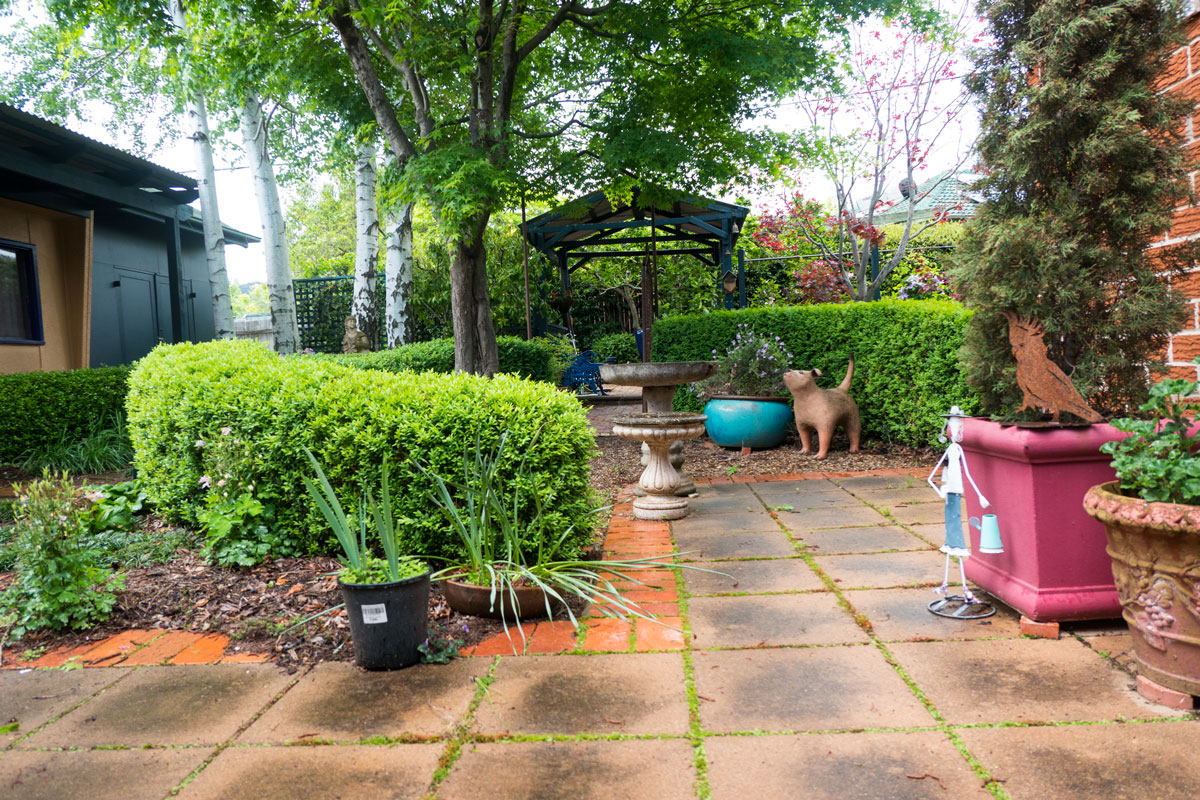
Unsettling thoughts should not enter your head when you are admiring a beautiful garden. This happened recently.
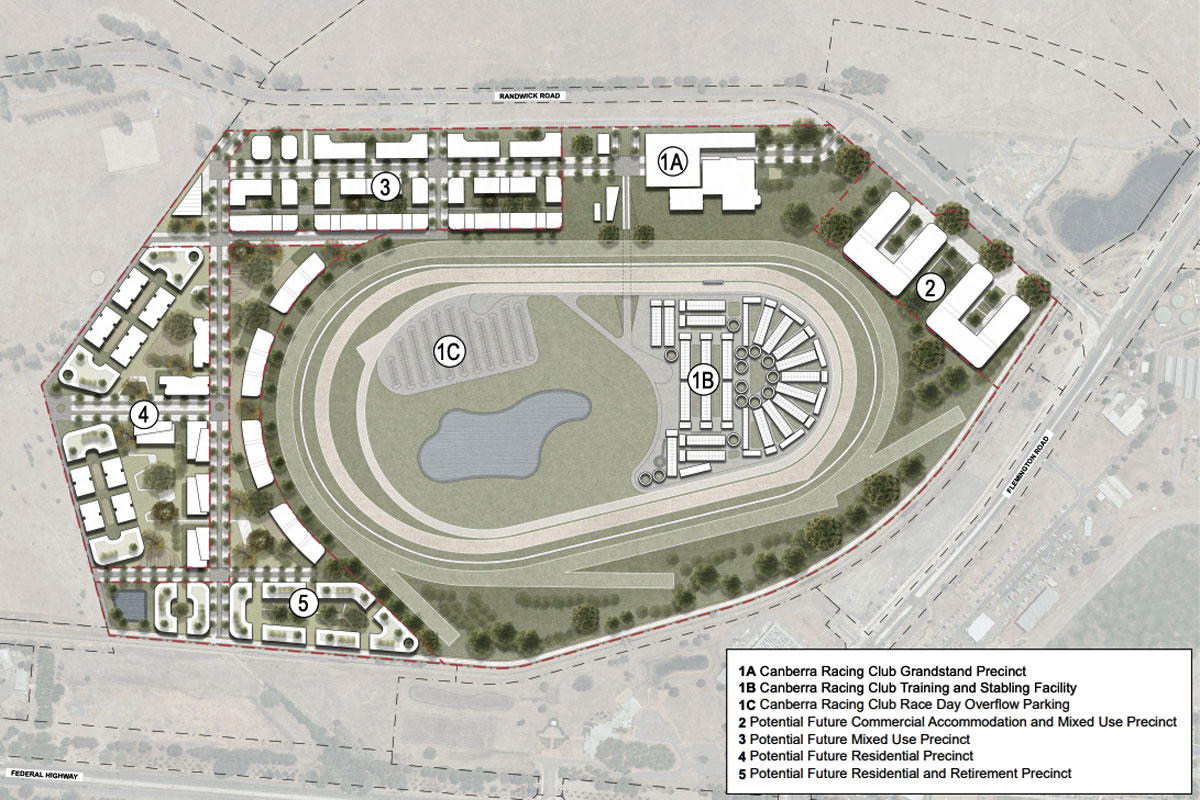
Inner north Canberra community members have been swamped with major development proposals that, according to the planning directorate, need to be commented on in a very short timeframe. The Bureau of Meteorology could not have forecast this inundation of paperwork.
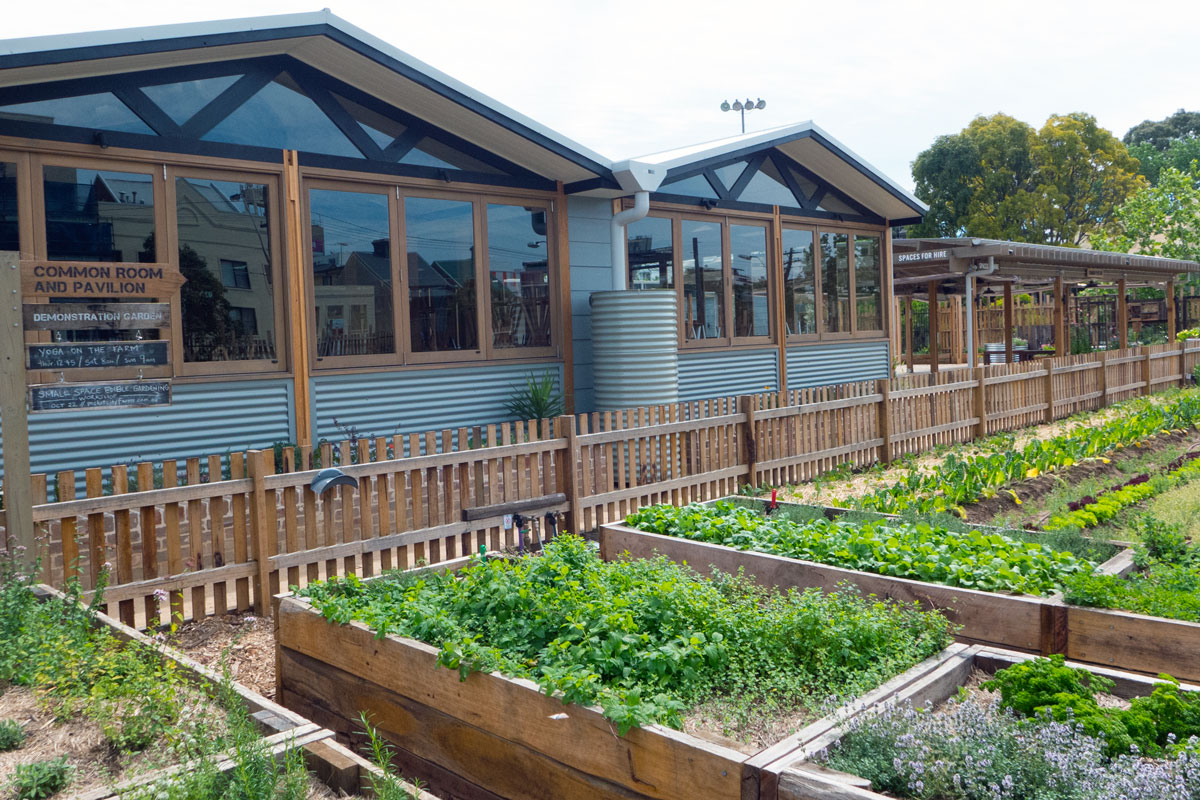
Resident’s groups have become reluctant to respond to ABC Canberra’s call for comment on the development decisions such as those for the Ainslie Group (Ainslie Football Club).

The decline of architectural design solutions and the loss of political will to deliver good urban design in Canberra was clearly illustrated through the presentation to the North Canberra Community Council committee.
Continue reading Winning design lost to bigger development plan
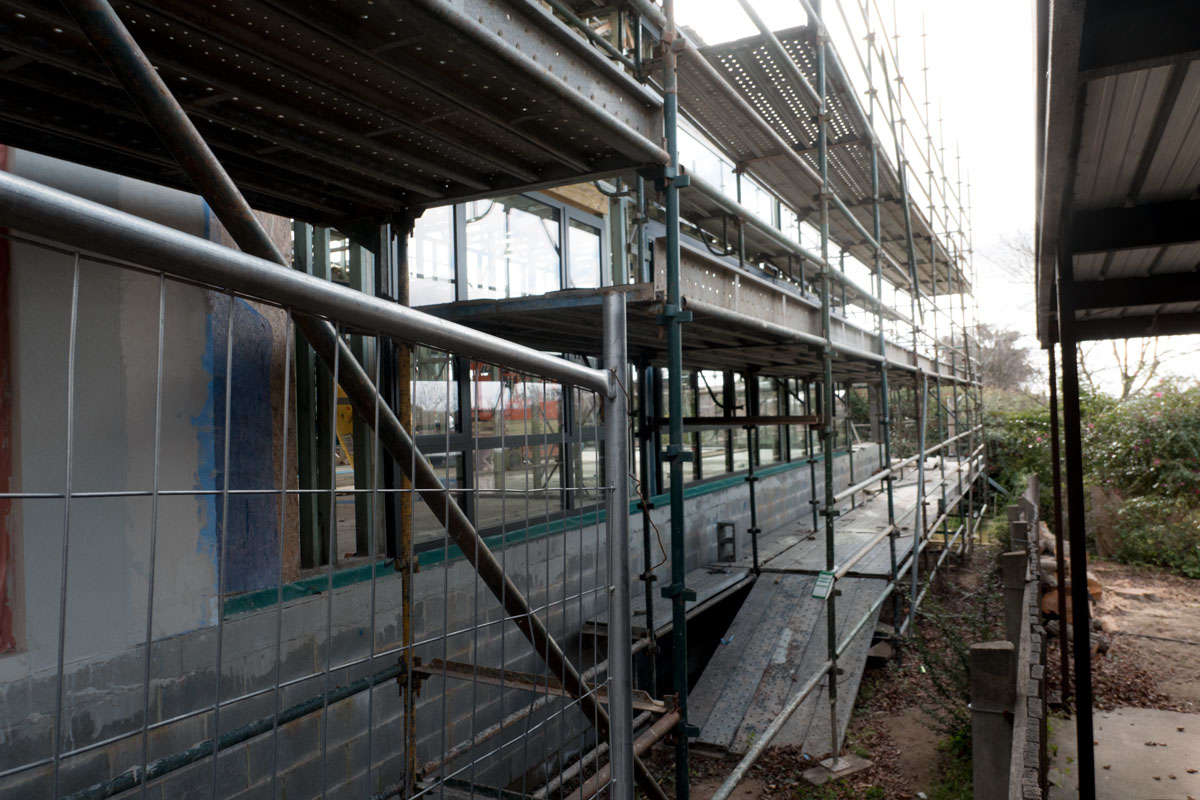
Most mainstream media articles about developments in RZ1 residential zones regularly include developers or their loyal followers who will criticise Canberra’s elite NIMBYs. Continue reading Developers blame selfish residents

There’s a residential development at 18 Darke Street, Torrens, that is beyond belief. This is happening because the city’s planning system is broken and totally corrupted.
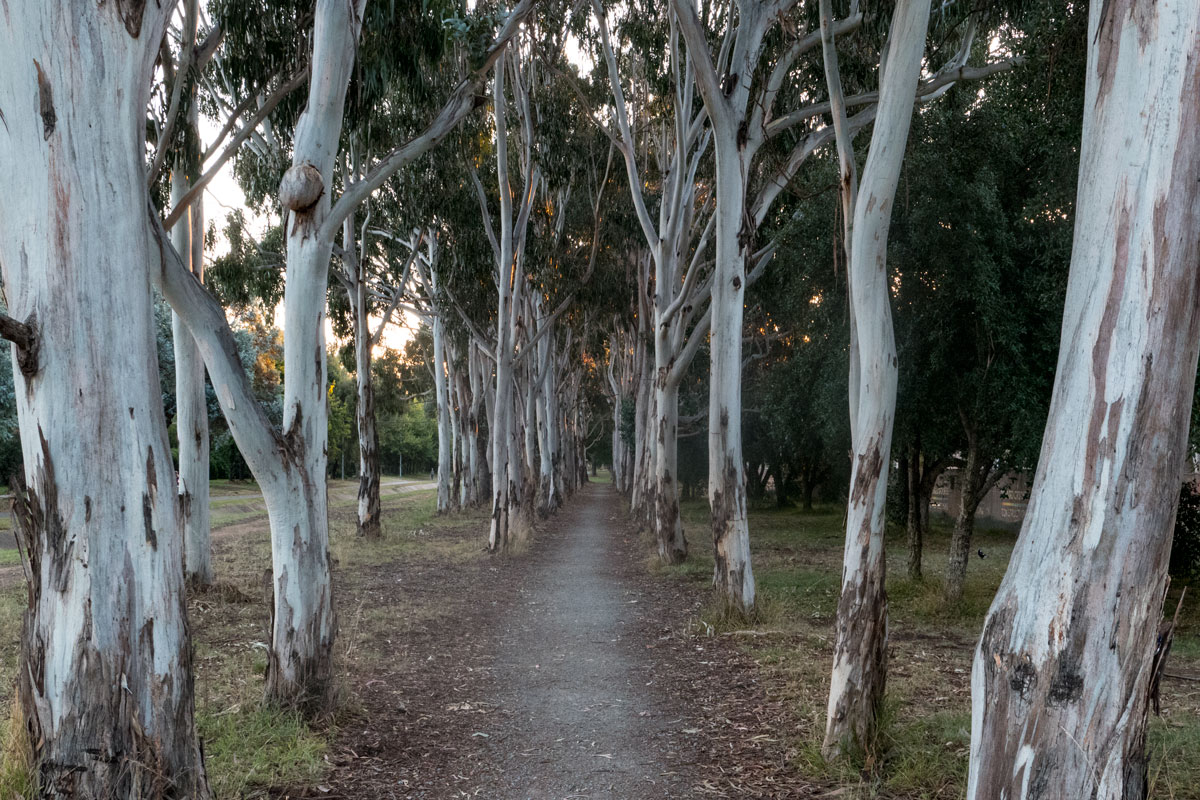
Towards the end of the Inner South Canberra Community Council’s forum last month, a question was asked about whether the chief planner could override decisions on urban trees. Continue reading Pretending to care about the fate of mature trees
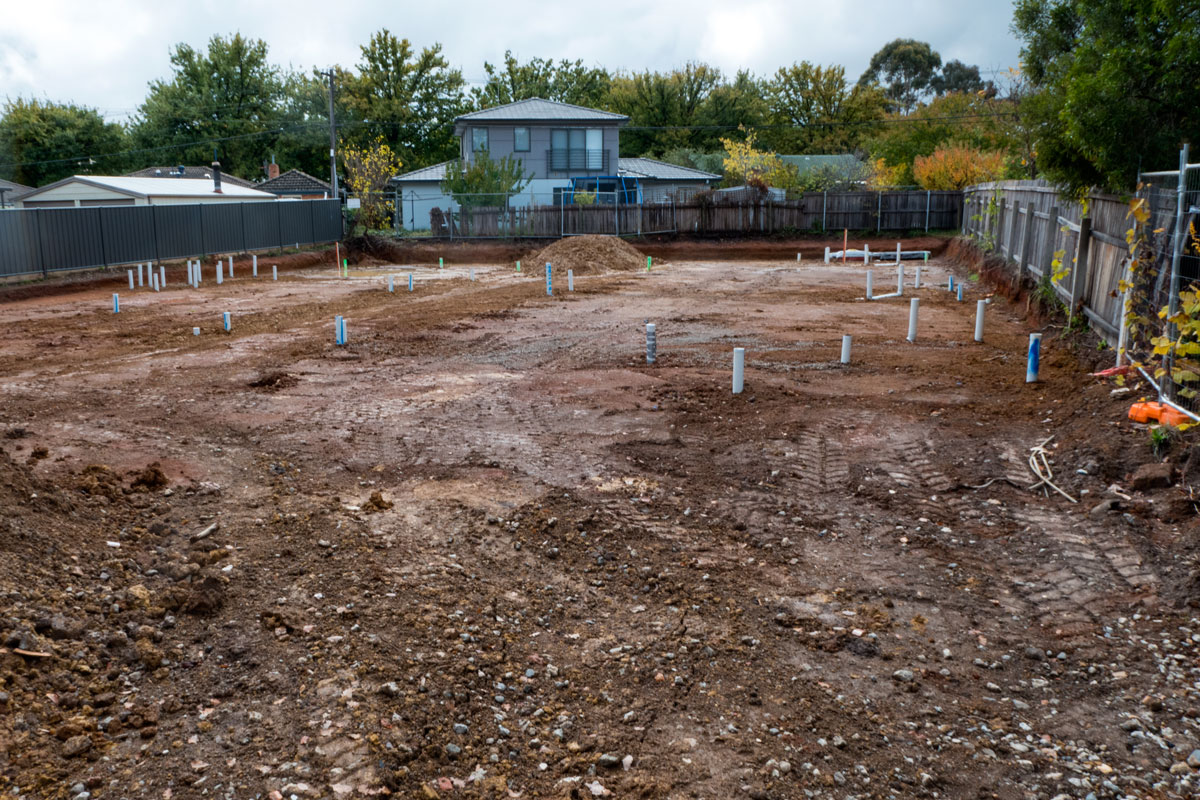
While voters were occupied with the federal election, the ACT Planning Directorate slipped through a variation to Variation 369 – the one that was to deliver greenery to the city’s backyards.
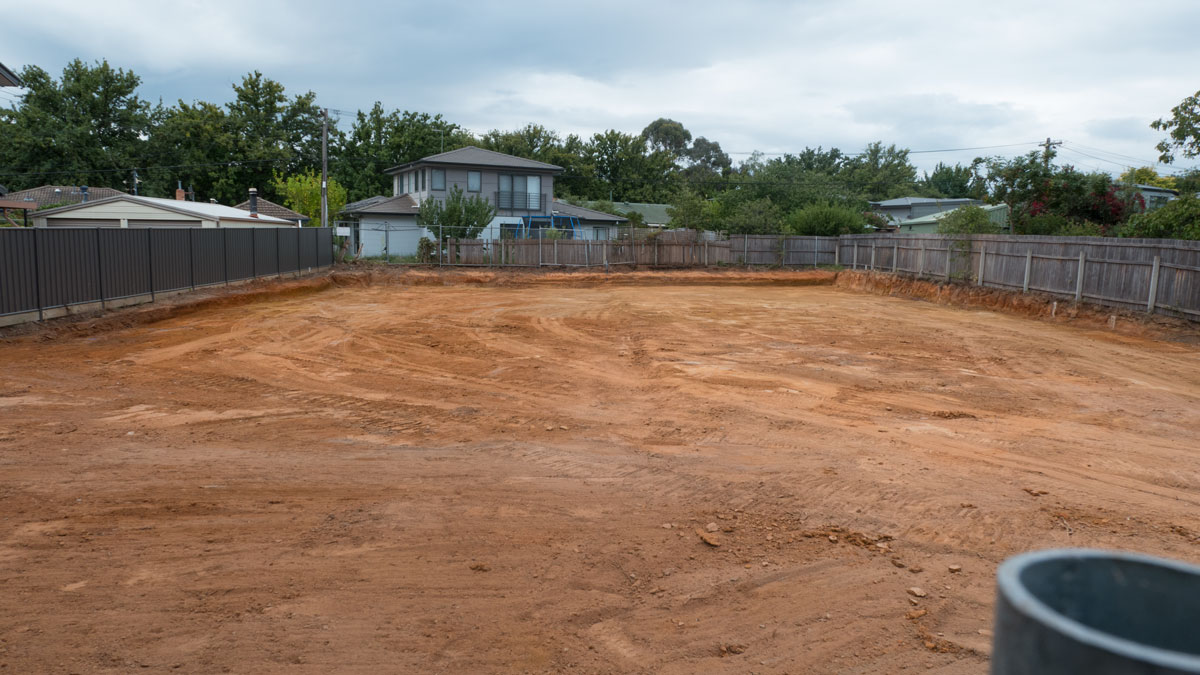
Last week, the ACT Environment Minister, Rebecca Vassarotti, announced her draft action plan about the loss of mature trees.
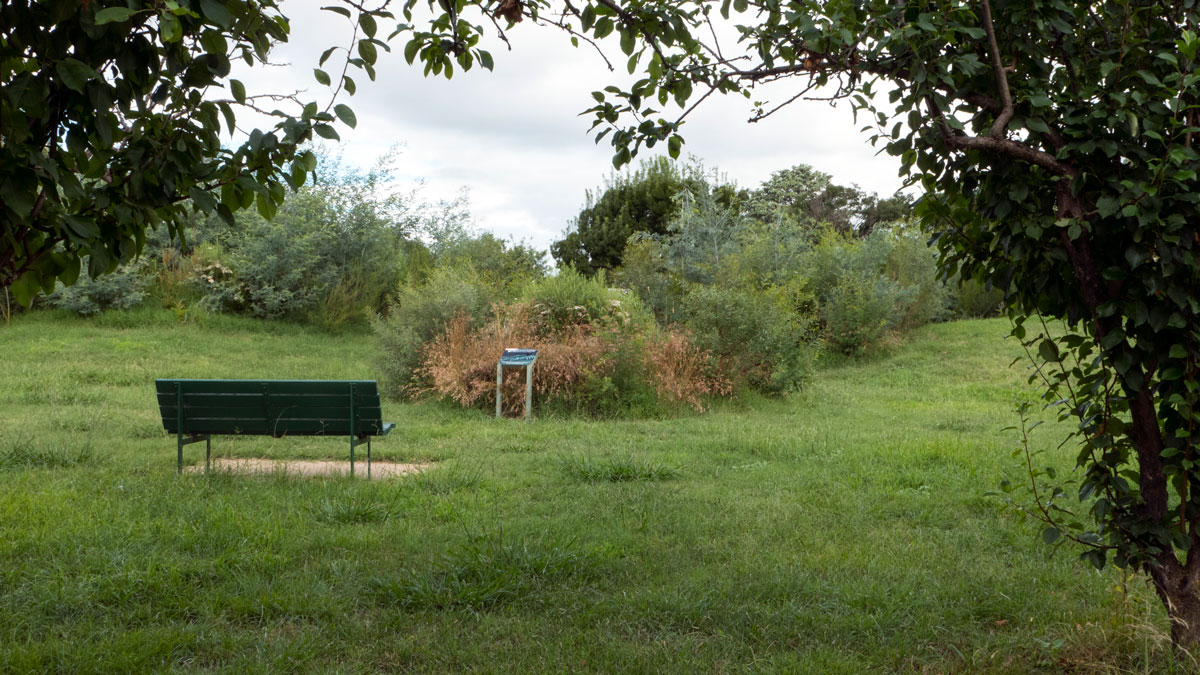
I recently sat on the pictured bench and pondered the shrubbery and trees planted in several clumps on a mound in a Downer park.
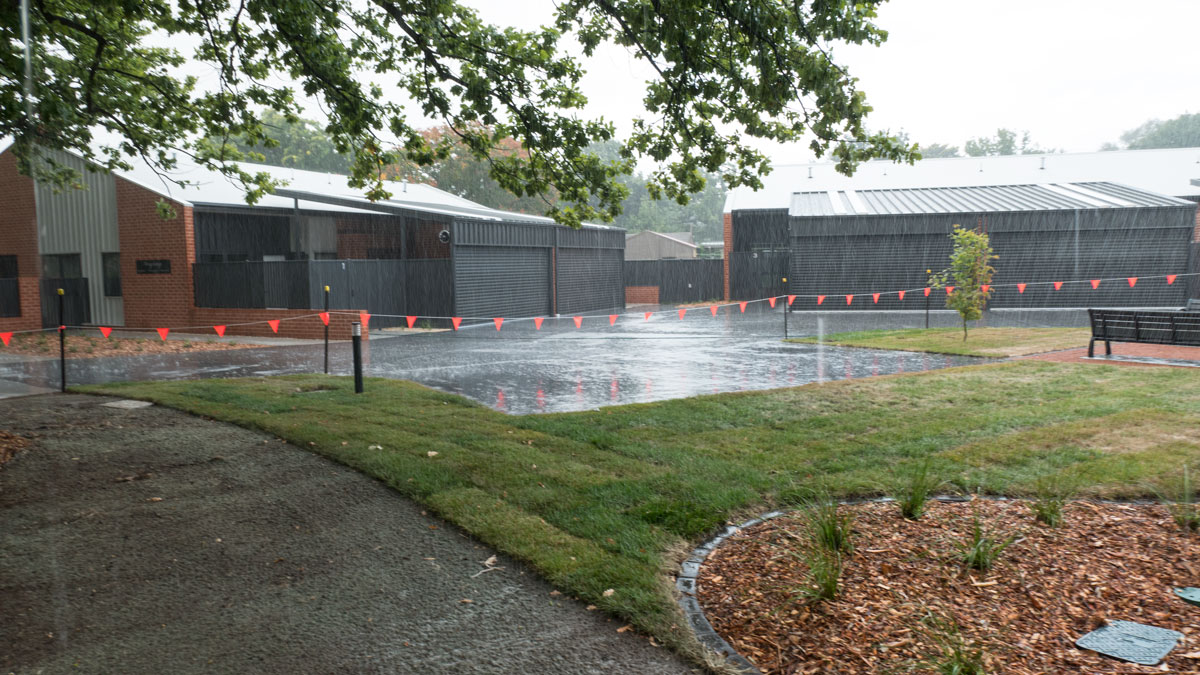
Several conversations of late have centered on the question – what has happened to the much-touted Draft Variation 369?
Continue reading ACT Variation on greenery goes missing in action
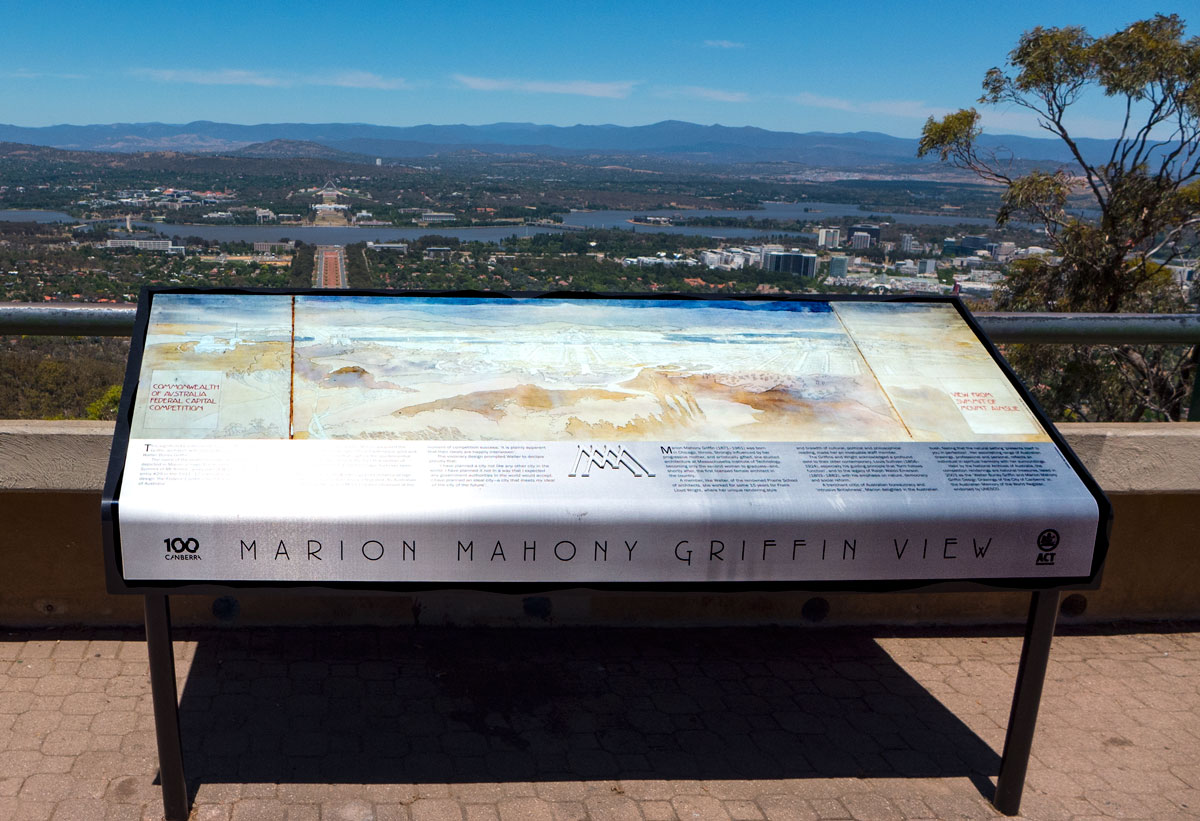
When Marion Mahony Griffin provided those glorious drawings for the submission to design Canberra, she included a distant view of the mountains.
Continue reading Marion Mahony Griffin’s vision for Canberra
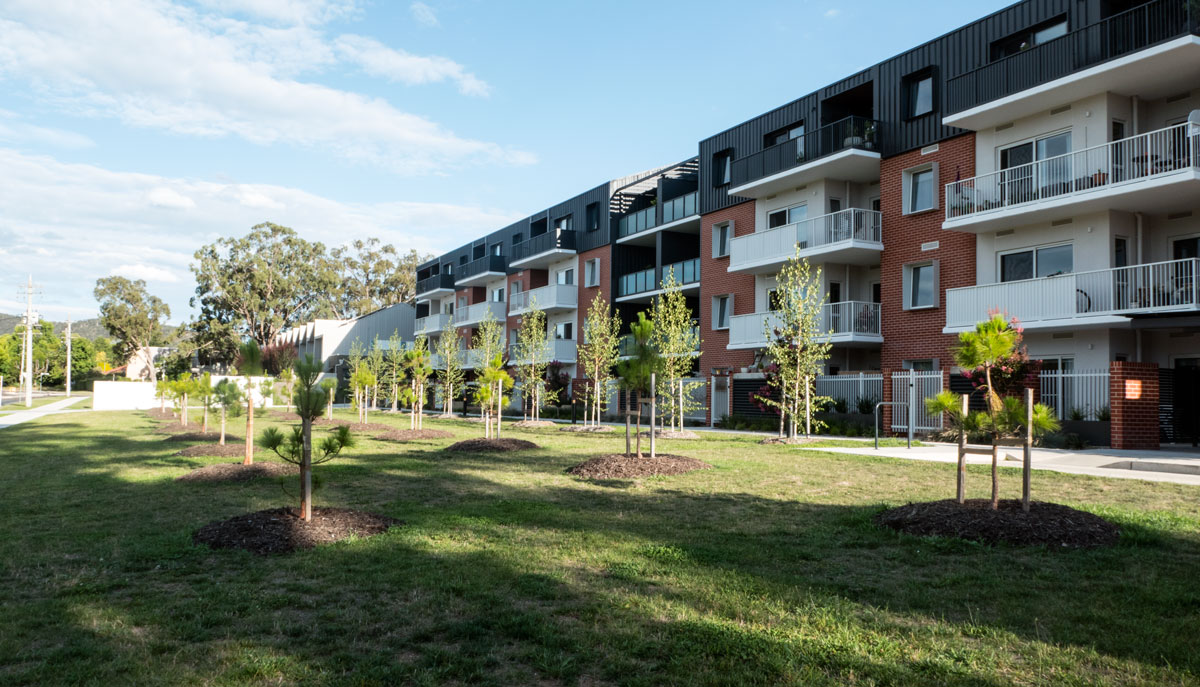
The trees along Bradfield Street, Downer, have been the subject of debates in Downer for at least a decade.
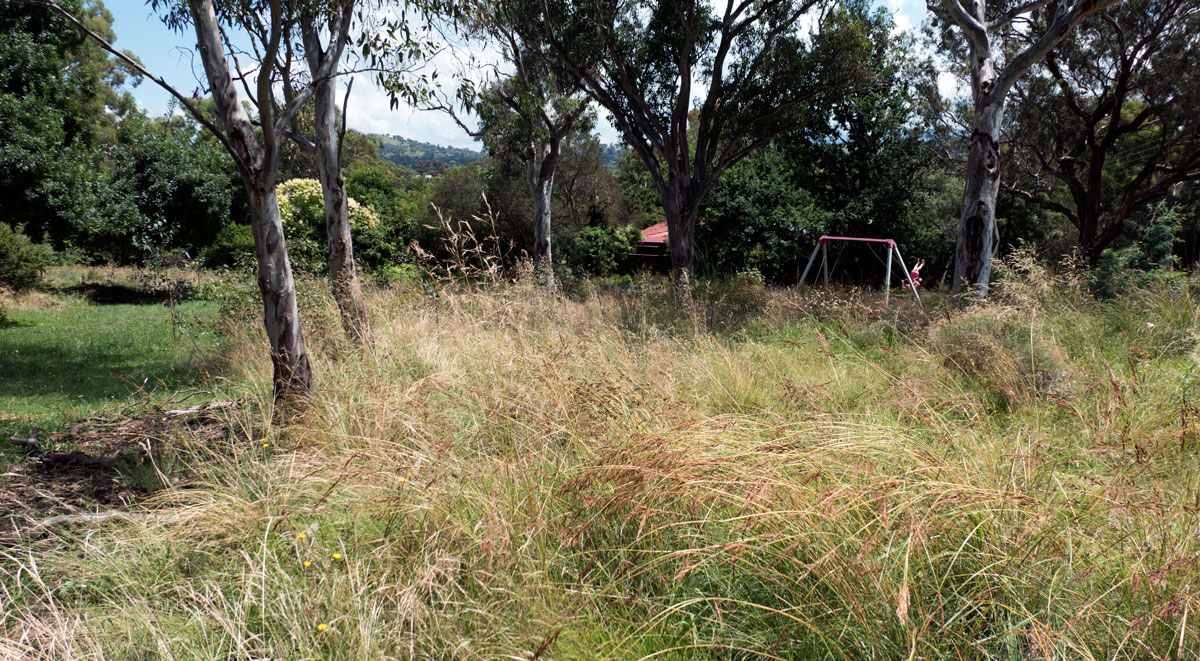
There are many open spaces in Canberra that could be doing far more for biodiversity.
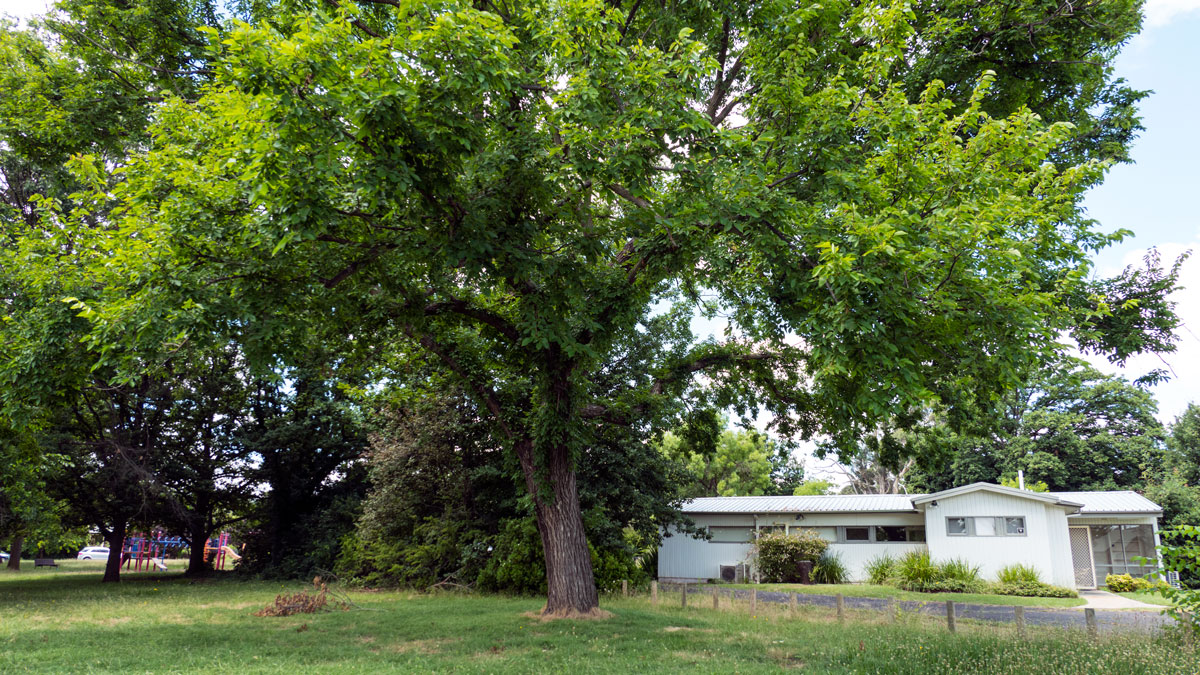
This tale points to how bad planning has been corrupted by the ACT Labour Greens coalition government.

Welcome to 2022. While there are many things not yet addressed in planning and development by the elder Andrew Barr and his government, there are some tangible programs to do with biodiversity that are waiting to happen.
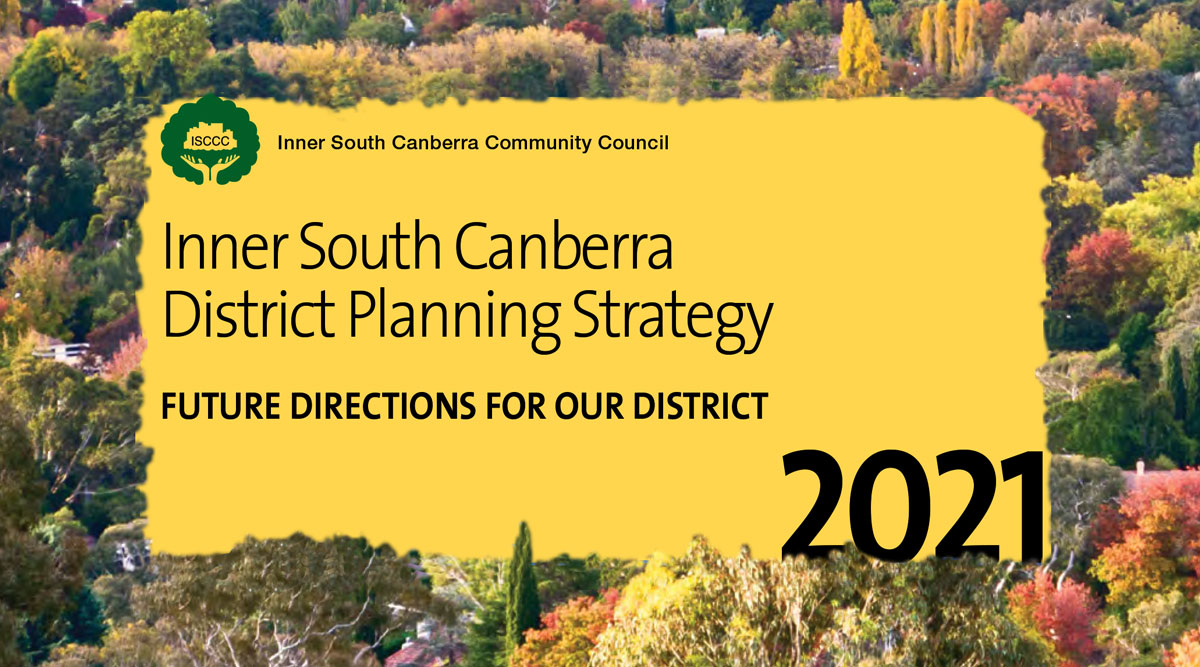
First, a shout out to the hard-working community council volunteers who bring together views of residents and then present these to the government. The latest has just been published by the Inner South Canberra Community Council (ISCCC).
Continue reading Inner South Canberra District Planning Strategy
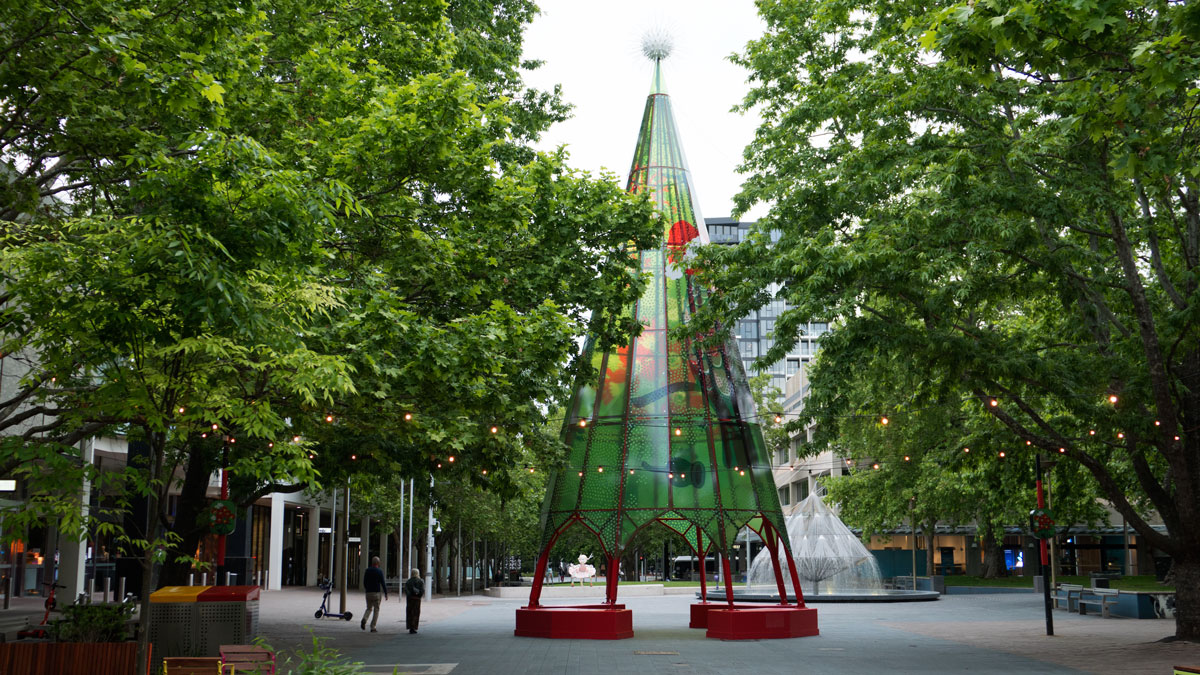
Wandering through Civic, there loomed ahead a shape.
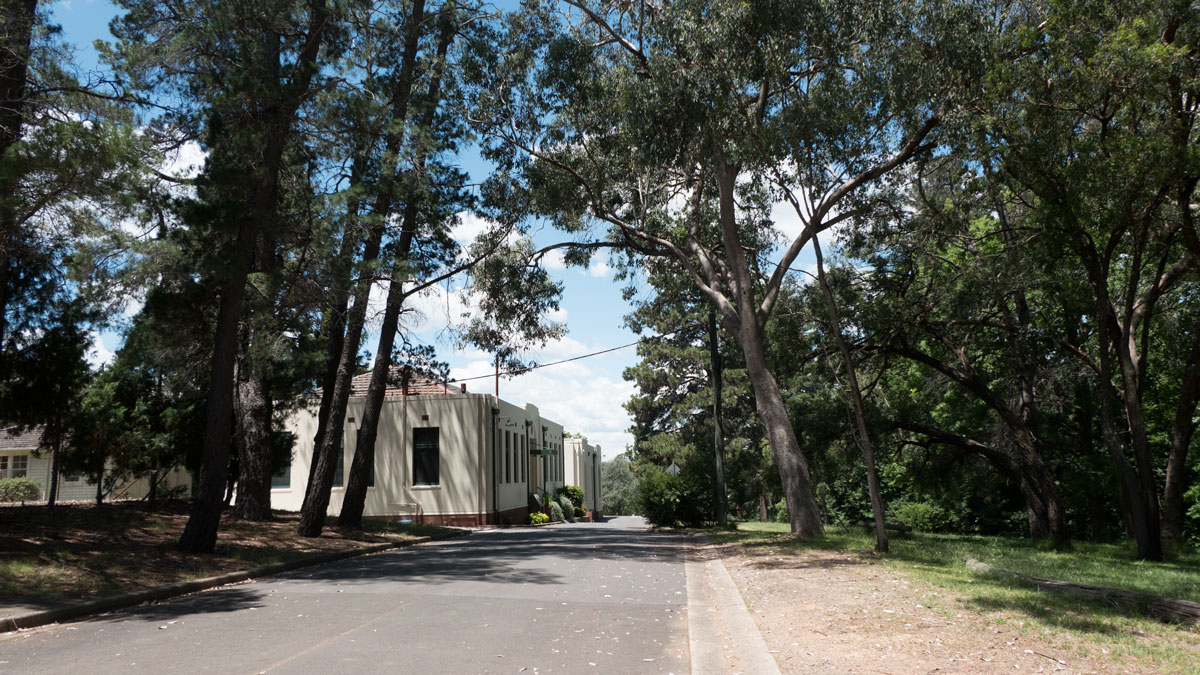
When you think of planning and development and who is making a mess of this city, attention usually turns to the dark arts as practised by the ACT Planning Directorate.
Continue reading innovative architecture versus boringly normal
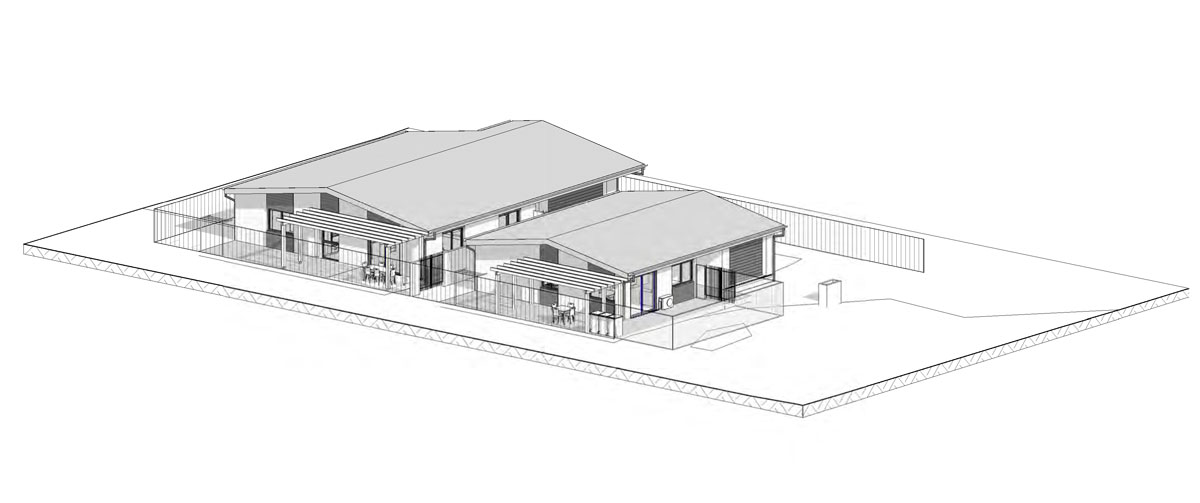
One constant theme of residents is the ad hoc planning regimes that enable knock-down rebuilds in established suburbs resulting in a loss of trees, greenery and biodiversity.
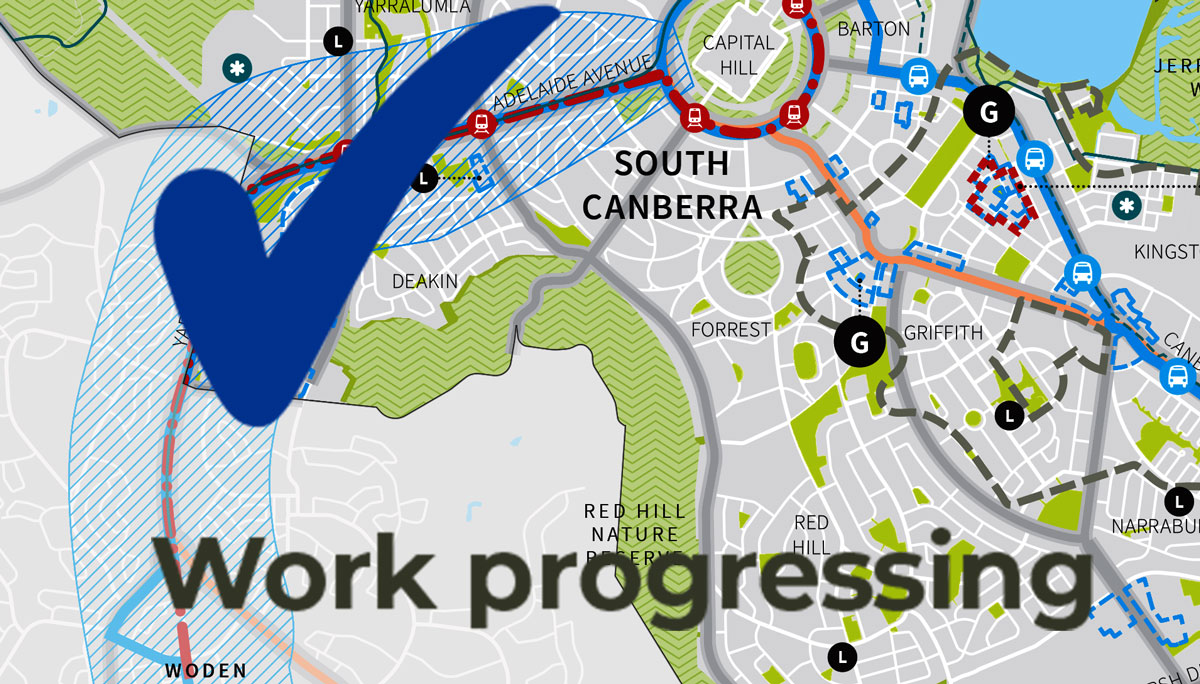
A good strategic or corporate plan outlines what is being done and proves timelines.
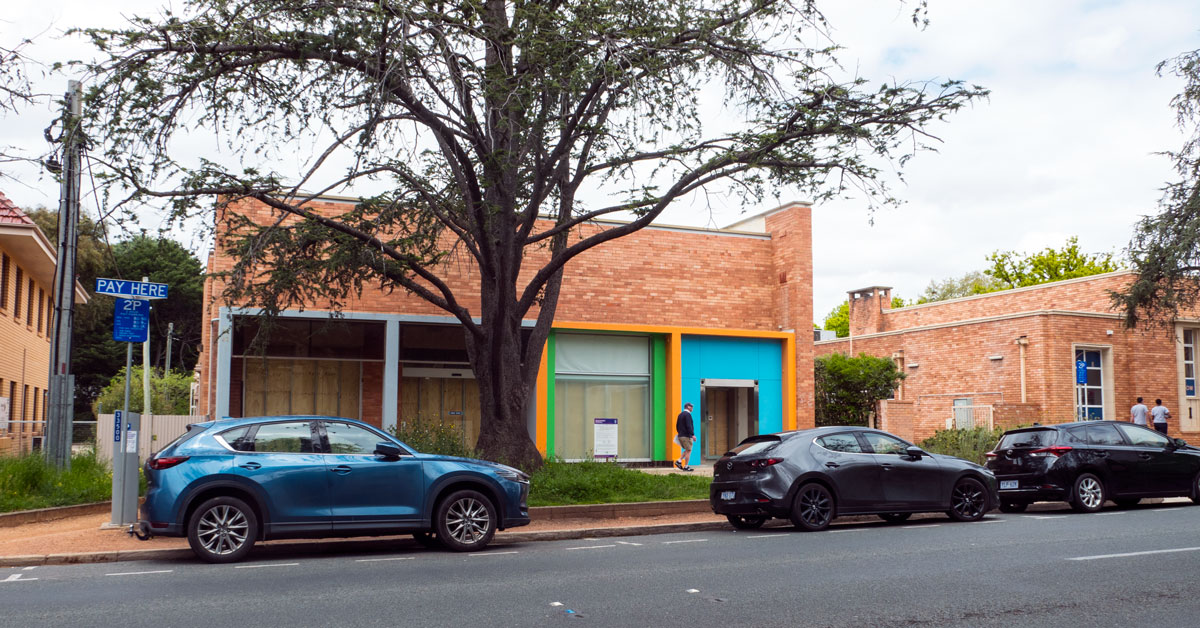
This was to be the year the ACT government was to deliver the much-vaunted reforms to make planning simpler and more accessible.
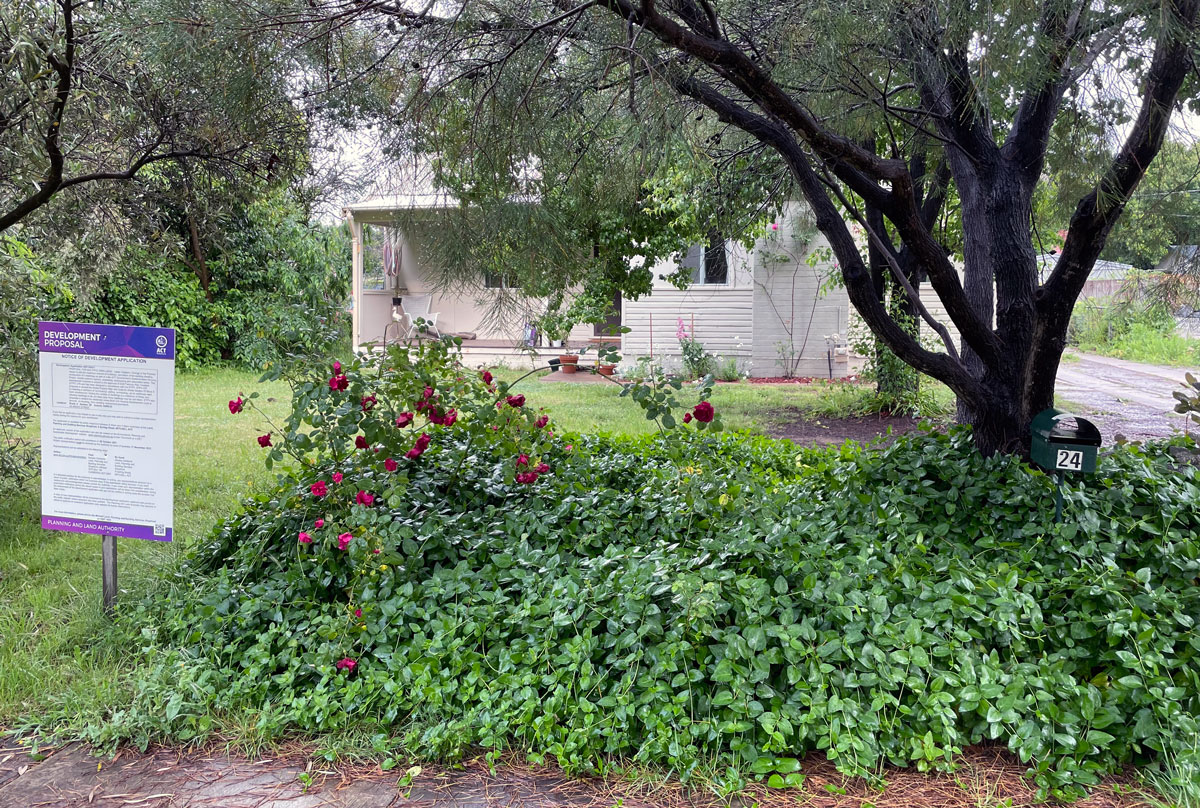
Last week ACT Planning Minister Mick Gentleman announced the approval for the draft variation for the first of the “Demonstration House” projects.
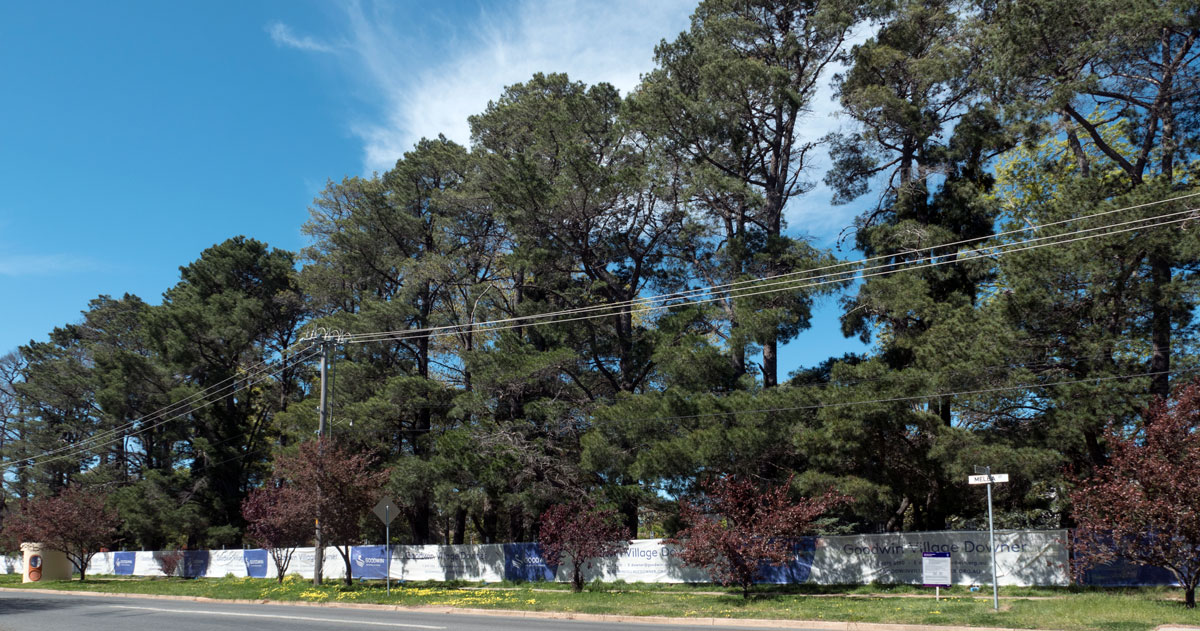
About a month ago community organisations floated the idea that the ACT Planning Minister Mick Gentleman, should be replaced. What a great idea!
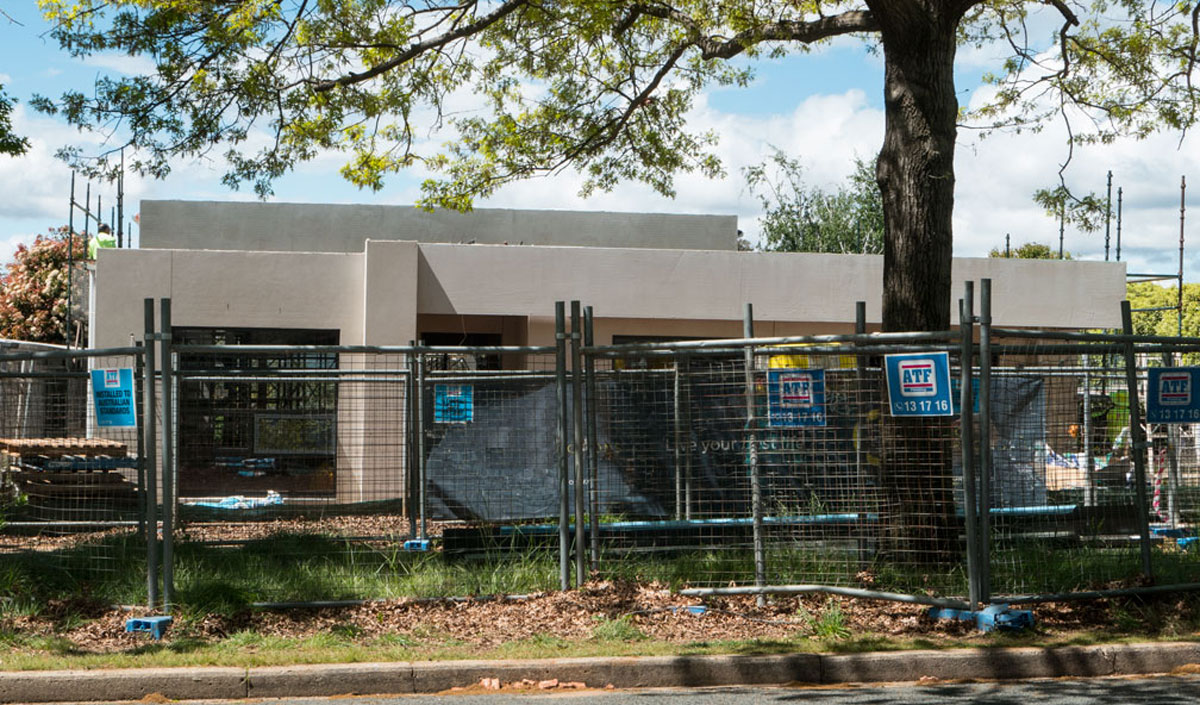
For most people, what happens with planning regulations tends to be of little interest, until the day arrives when it becomes the issue requiring their utmost concentration to work out what the hell is going on.
Continue reading When planning permission is beyond the pale
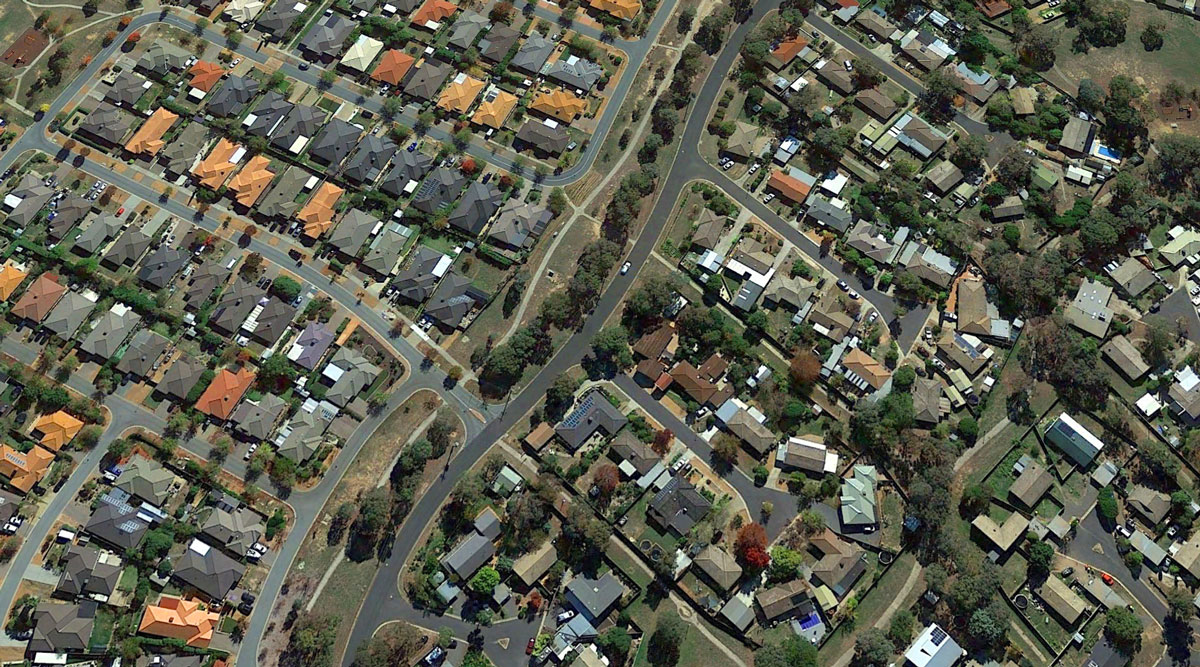
In response to my September 8 column on how the ACT Greens have turned their backs on biodiversity, a question popped up asking: “You’re a consistent opponent of higher-density development. Do you not think that urban sprawl is bad for the climate?”
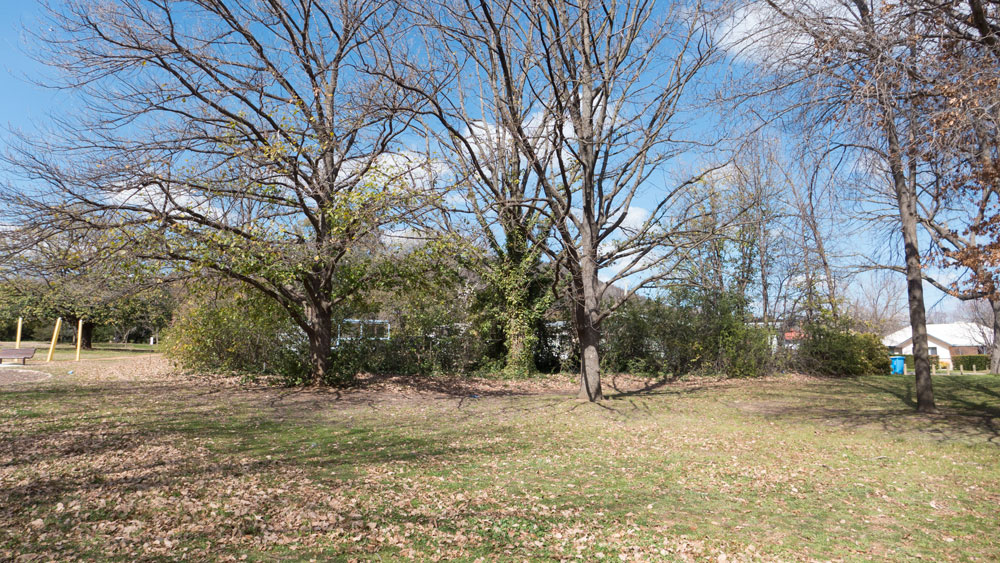
Proposal to answer queries – a follow up piece
More on Bill Pye Park Ainslie and the YWCA
An article was published this week about the proposed building of social housing on a site now leased by the YWCA on the corner of the block that is largely Bill Pye Park in Ainslie.
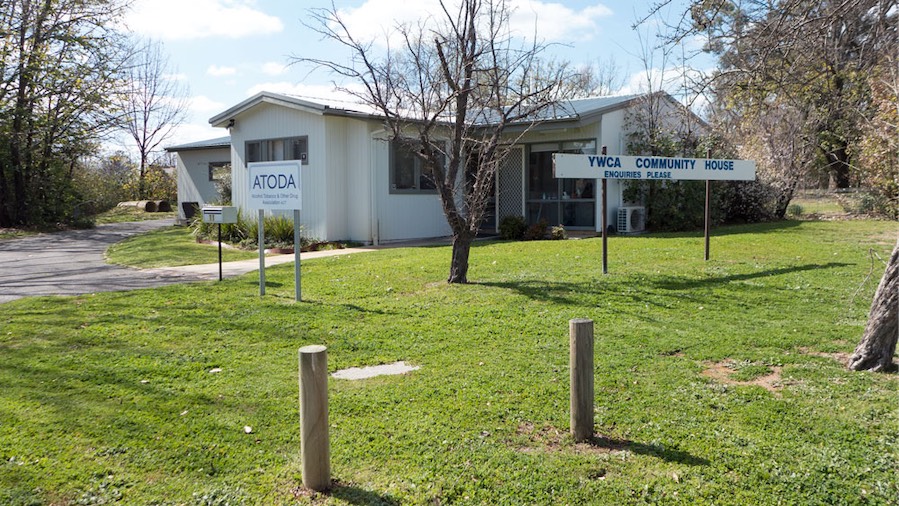
When the ACT government announced it had approved the development application by the YWCA to build social housing on the corner of Bill Pye Park in Ainslie*, there was a collective sigh of frustration from residents.
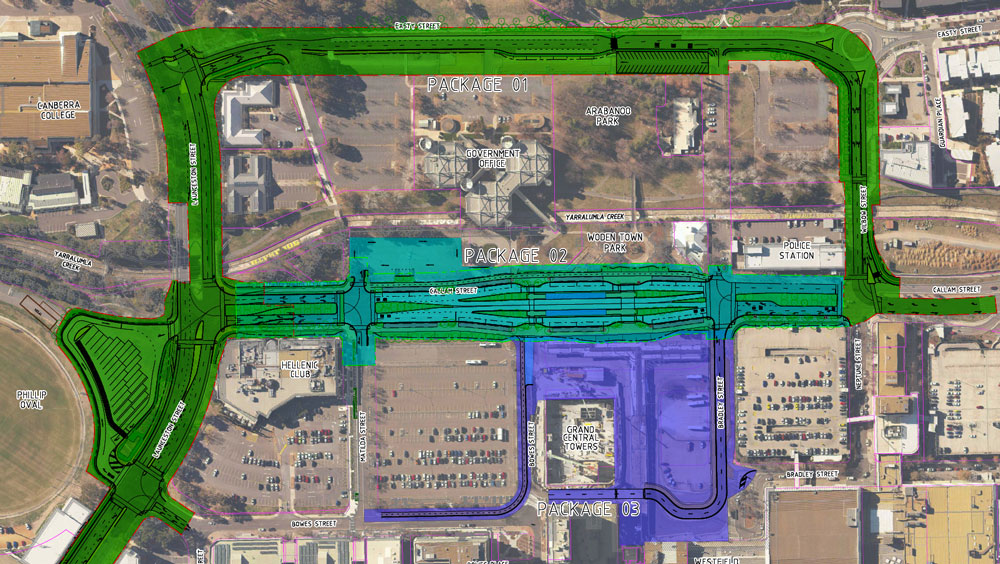
For the ACT’s Labor/Greens coalition politicians, planning is not something they worry about much despite it being something of major concern to residents.
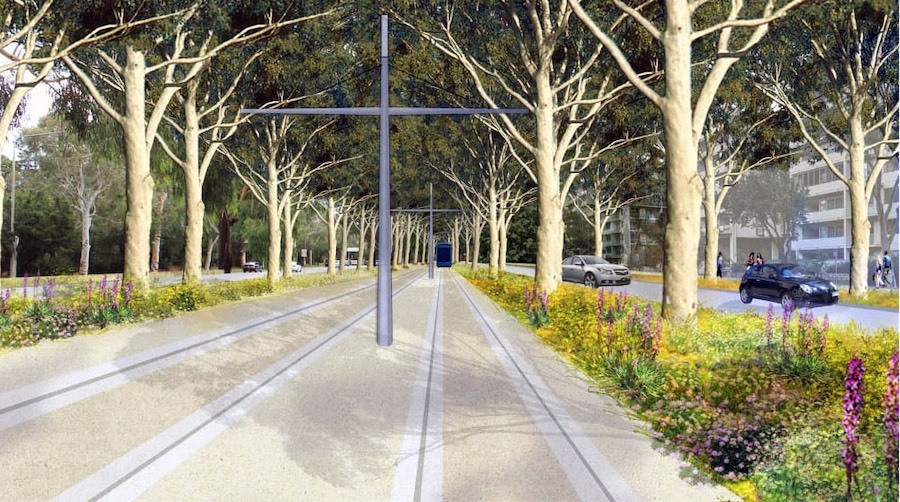
A pamphlet arrived in Dickson letterboxes that won’t bring much joy to the other areas of the city. It announced that $3 million is to be spent on Woolley Street, Dickson.
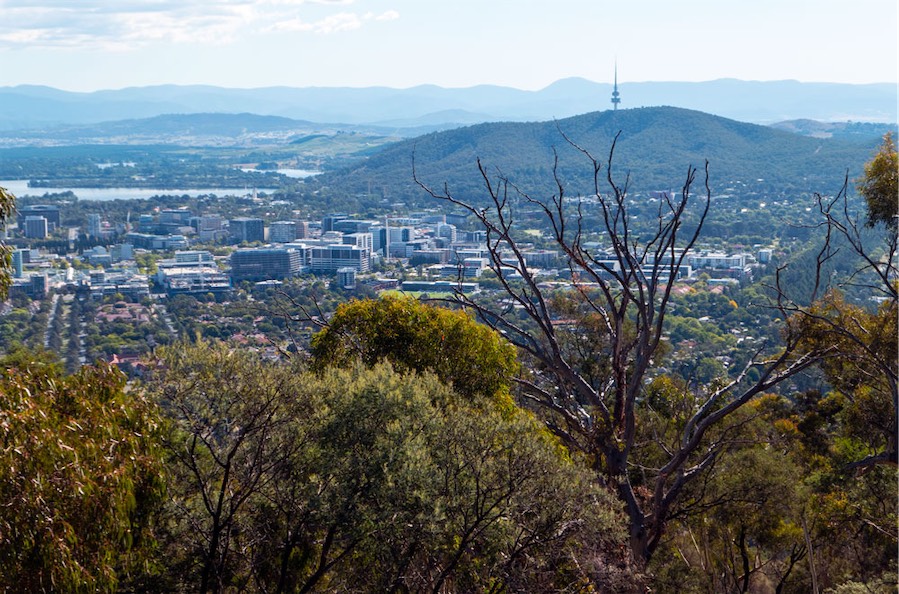
Having been in government for four months, Rebecca Vassarotti, ACT Minister for the Environment and Heritage, should now have a firm view on heritage and comprehend that her role is about being a leader in the stewardship of Canberra’s environments.
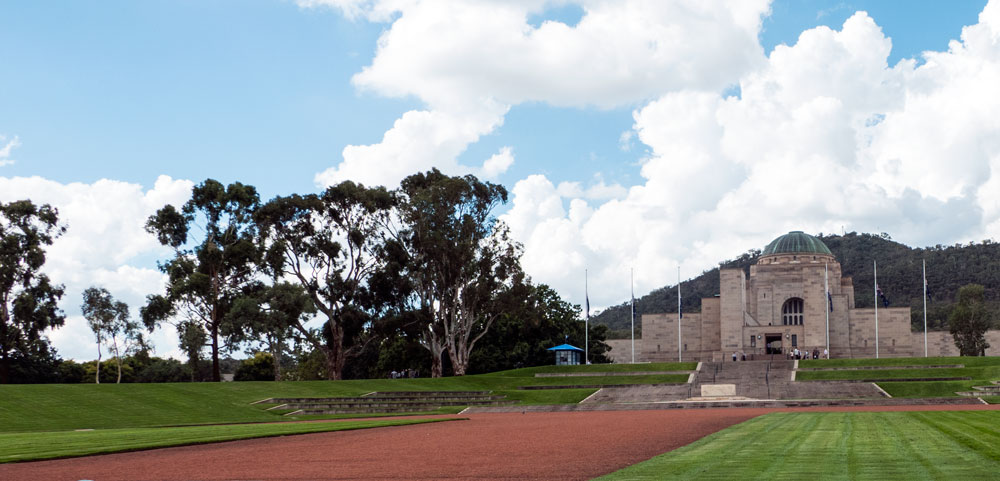
The residents of Canberra love this city because of the trees. There are numerous occasions when people have had to rally to save our trees.
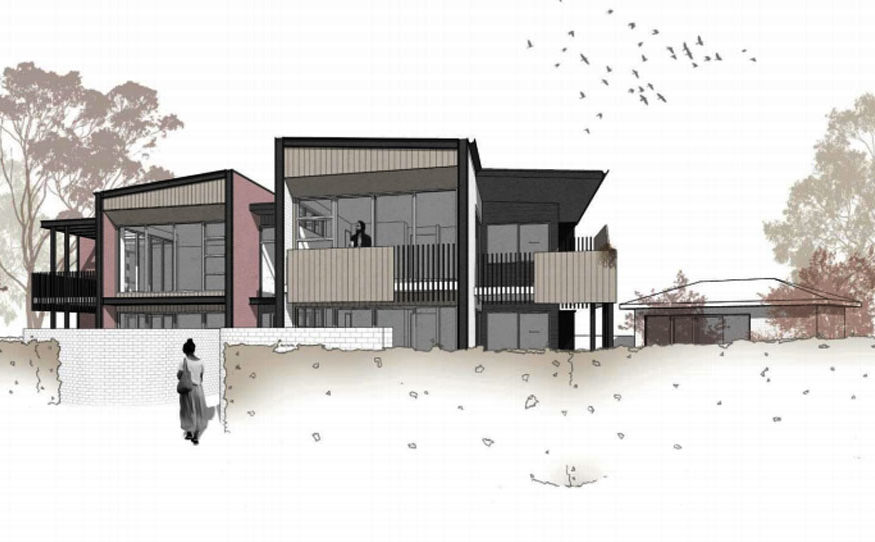
Several community associations have had presentations about an ACT government initiative titled the “Demonstration Housing Project”.
Continue reading ACT Government questionable housing program
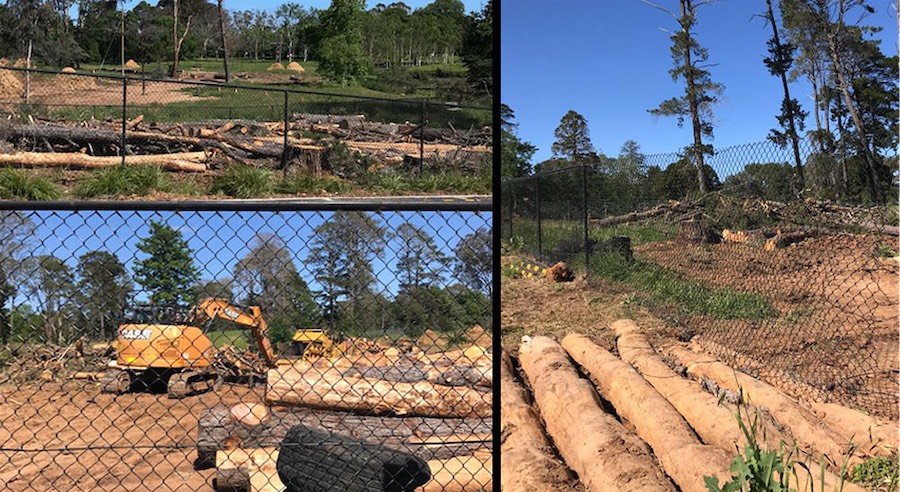
In the lead up to the October ACT election, trees were an item of interest to anyone wanting to be elected.
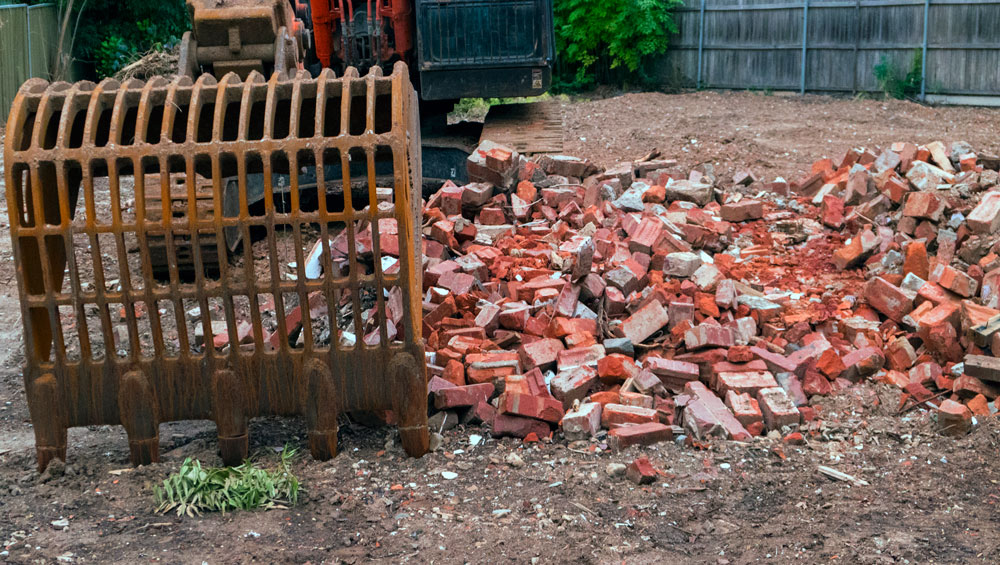
When governments don’t want to do much about something that requires actions, they hold inquiries, set up “Have Your Say” websites, present loads of useless stuff to public gatherings, talk a lot as if they are doing something and produce draft strategies.
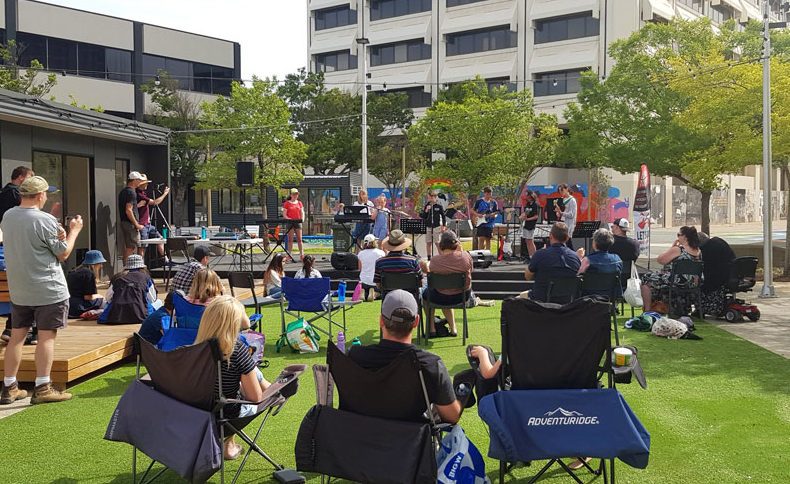
It has been about 18 months since I wrote a full piece about the Woden Town Centre and the ever-increasing planning issues that plague residents.

There’s a new level of frustration within Canberra’s community groups with how the ACT government conducts itself on planning and development.

When it comes to the ACT government and planning and development, 2020 was not a year to be celebrated.
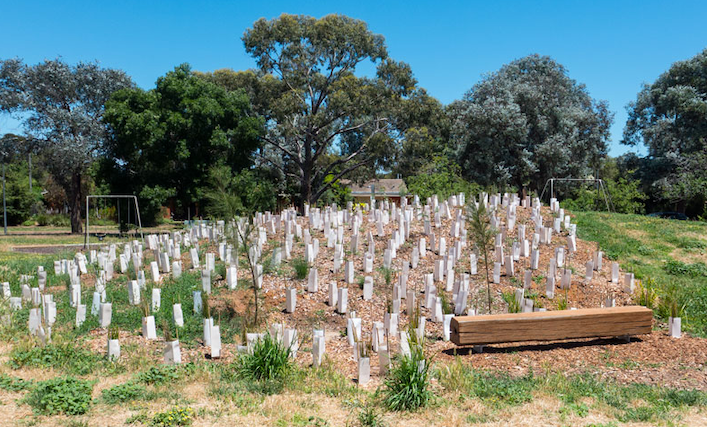
When community groups bring residents together to collectively do something for their suburb, good things happen.
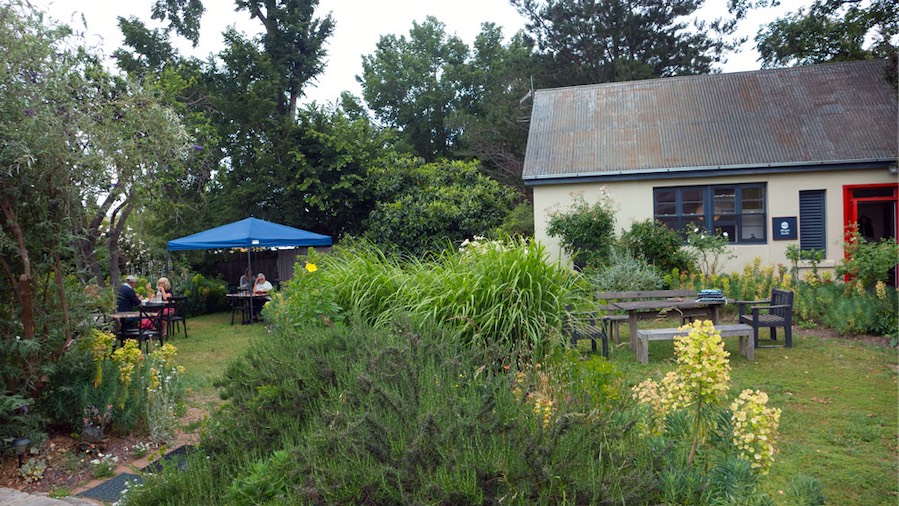
Earlier this month we ventured out for the day to meet a friend at Braidwood. She was from the south coast and so Braidwood meant we both travelled just over an hour.
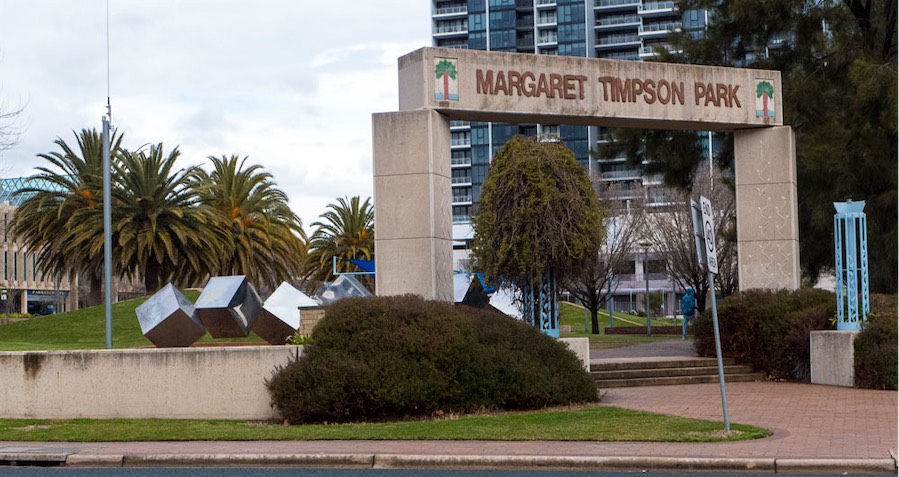
The last couple of years has been bad news for parks in Canberra.

Attention to a significant piece of national land is being overlooked among the misinformation used to justify the demolition of West Basin.
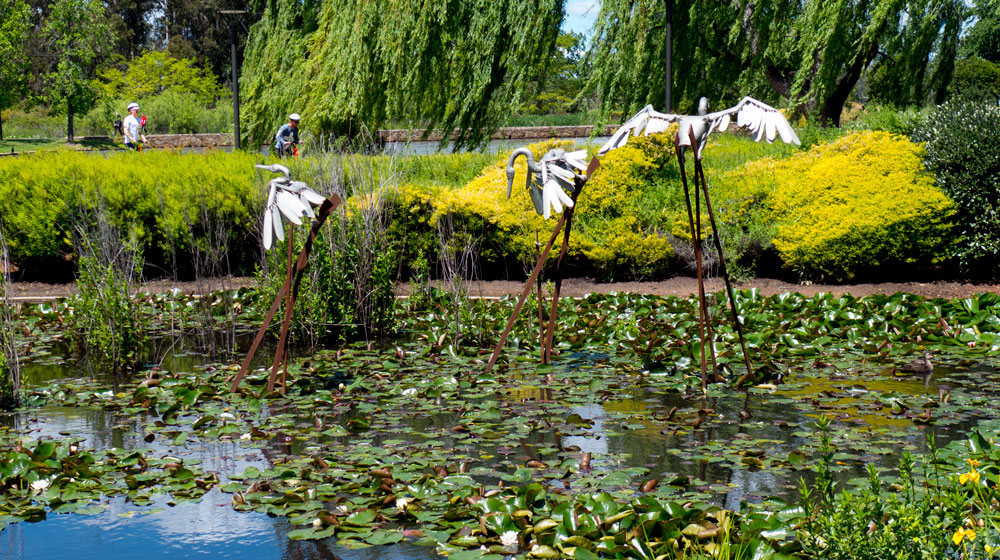
Sometime during the last election, a candidate said something about revising the public sculpture program initiated by Jon Stanhope when he was chief minister.

Canberra’s community groups are increasingly having to argue for a rethink on the placement of social housing within their suburban areas.
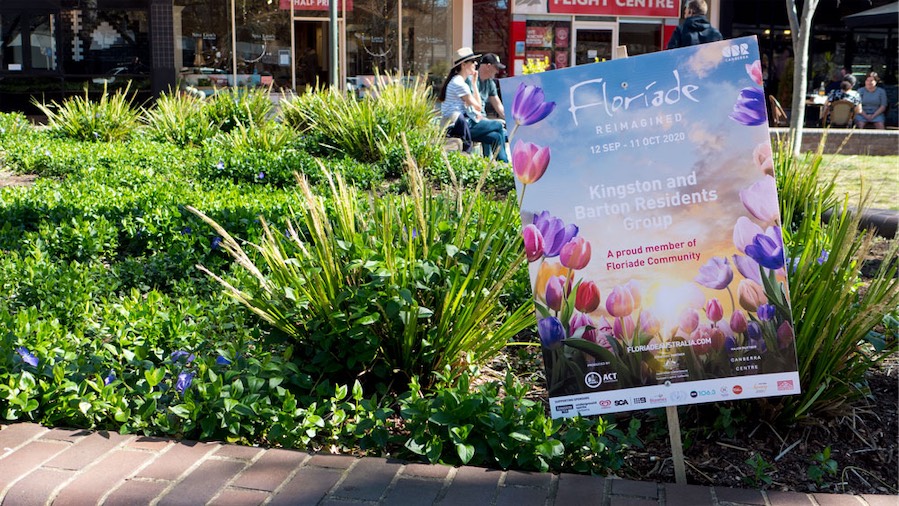
It is all happening again in Kingston and, as with other locations throughout Canberra, Floriade Reimagined saw locals planting more than 8000 bulbs and annuals in May.
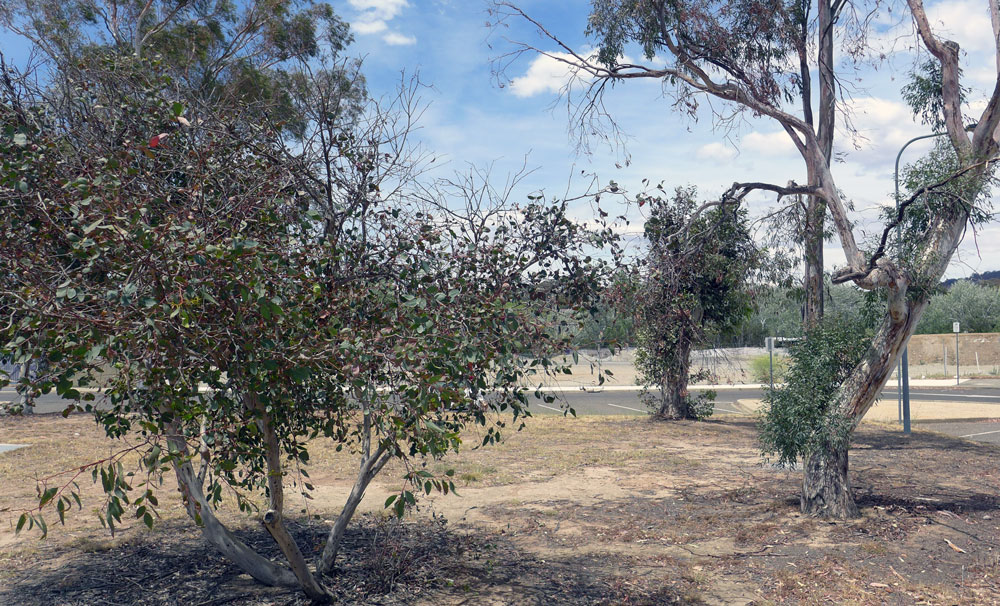
On World Environment Day, June 5, the Canberra Liberals committed to planting one million trees over the next decade if they form government following the October 17 ACT election.
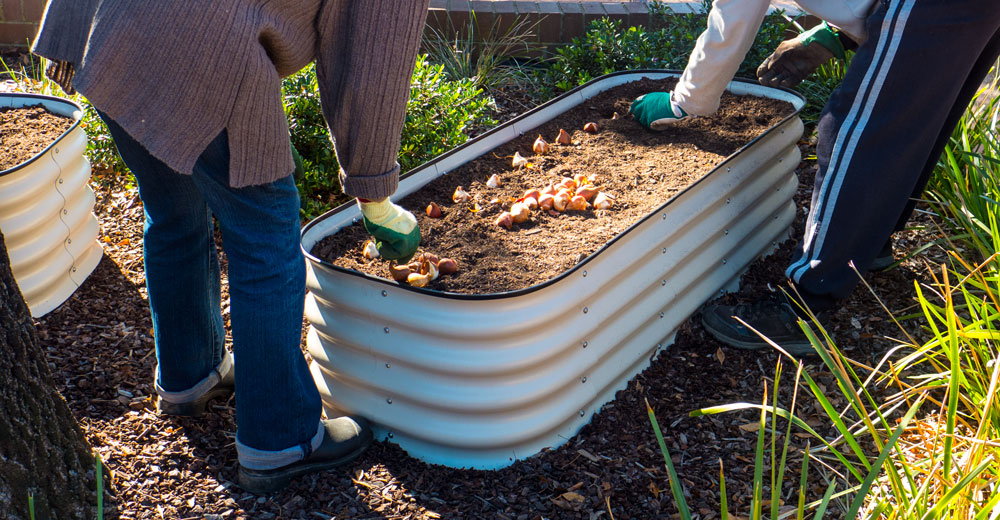
On Friday, while calling into Gang Gang in Downer to have some takeaway coffee and snacks, I ran into Miles Boak, the former Downer Community Association president.
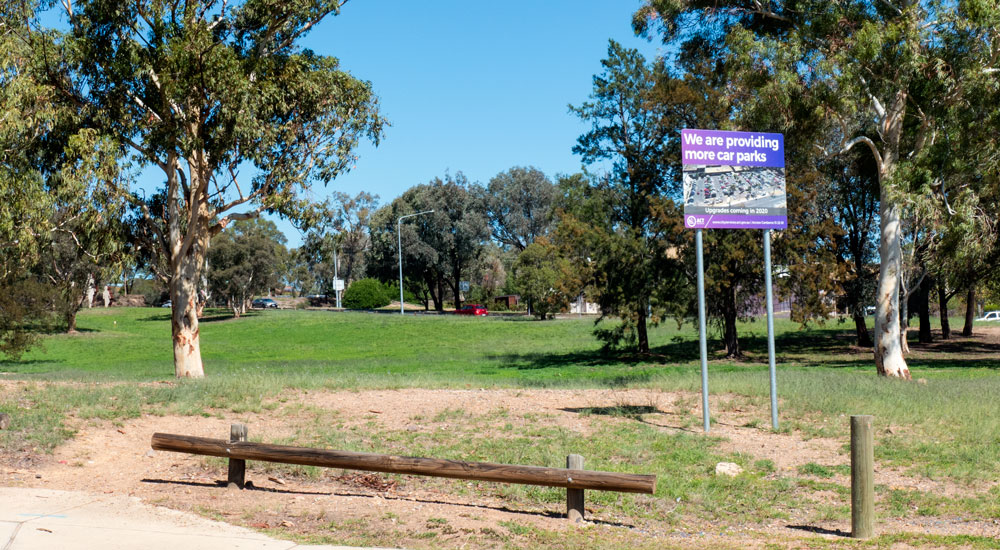
As the ACT’s state of COVID-19 emergency gets tougher, people look to those in authority that they should be able to rely on – those they want to trust.
Continue reading Sneaky planning moves by the ACT Government
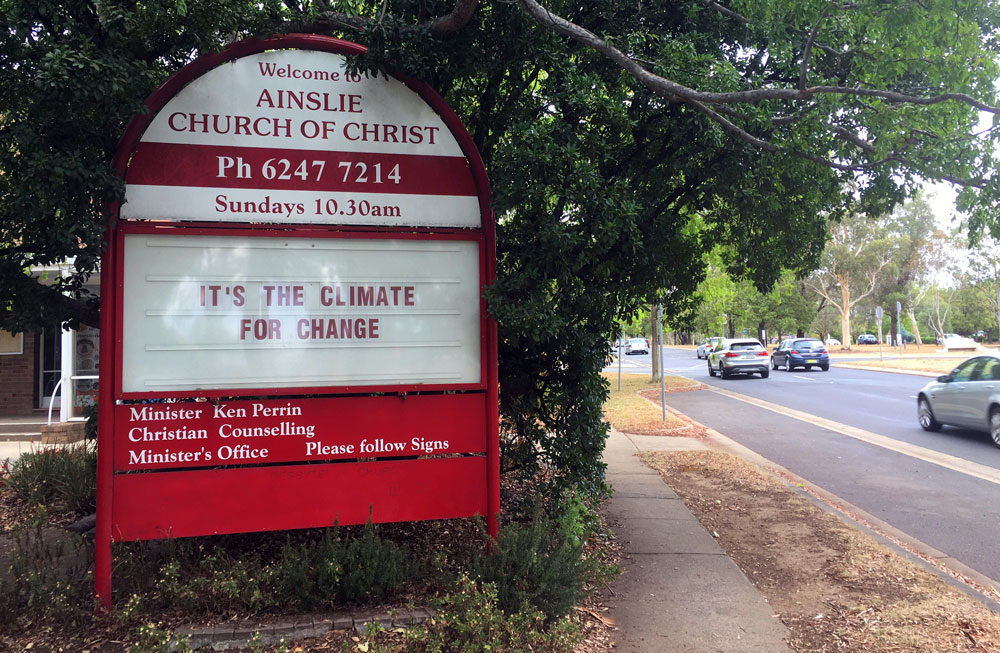
Before the 2016 ACT elections the Labor Party indicated that it was to make changes to how planning and development happened.
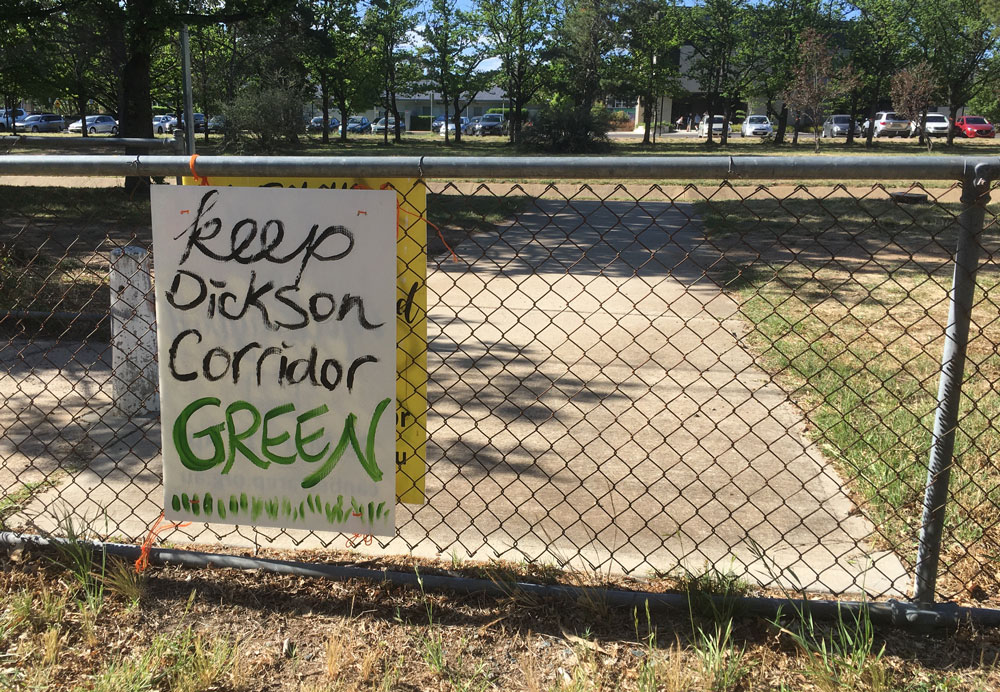
The Singapore government of the ’70s, led by Lee Kuan Yew, was hell-bent on building a modern and prosperous city/state. It took a close relative to point out that if he wanted tourists to visit, then he needed to stop bulldozing the old stuff.
Continue reading The ACT Labor/Greens Government fails Canberra
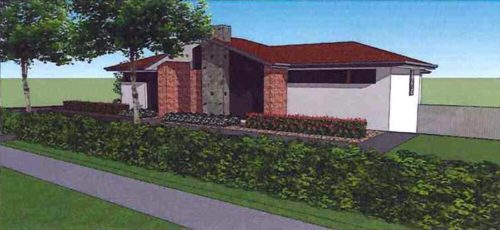
The suburb of Reid in Canberra is one of the oldest and residents accept that there are heritage values to be considered for most of the suburb. When a house was demolished and plans were approved by the ACT Government that paid token attention to these heritage values – residents were not happy. To make matters worse the ACT Heritage Council approved the development application. What were they thinking! Click here for my opinion piece on this in the City News.

This story starts with standing outside the Museum of Sydney taking in an outdoor display of a cottage garden – complete with vegetables and herbs.

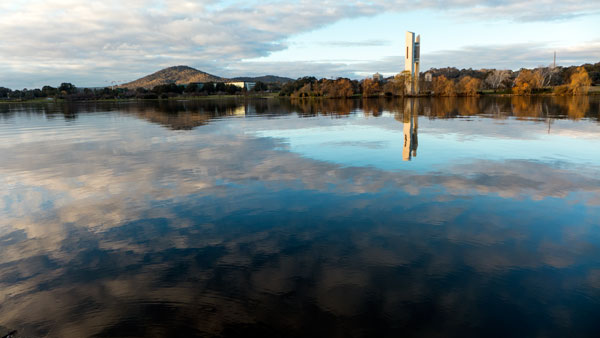
Have you taken a stroll around the Parliamentary Triangle recently?
 INFORMATION CALL-OUT: FRANK HURLEY
INFORMATION CALL-OUT: FRANK HURLEYSearching for Frank Hurley along our northern beaches
Did you know that Frank Hurley was a very keen gardener and photographer of wild flowers?
In April 2018 The Manly Art Gallery and Museum will be launching a very special exhibition titled: Frank Hurley – Sydney Harbour photographer: From Circular Quay to Collaroy.
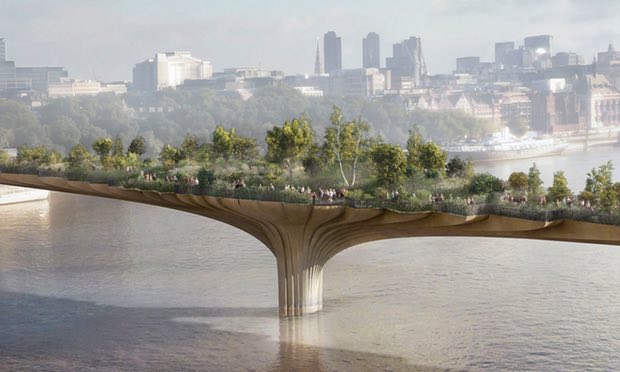
The saga of the proposed Garden Bridge over the Thames in London has been well covered in the UK press. It is indeed a saga. It is about a folly.
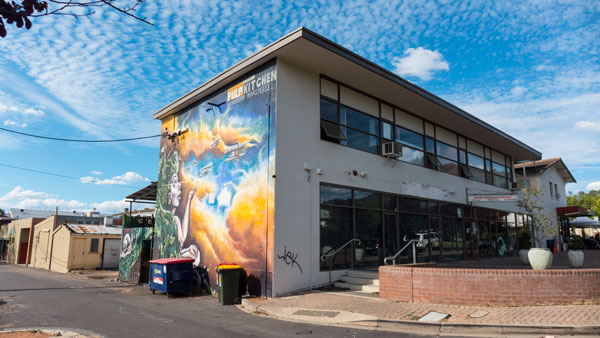
Two things to consider: One is that heritage is about to be celebrated here in Canberra with a festival from 18 April till 7 May 2017.

There’s a call by the ACT Government for residents to go online and to offer thoughts on the future of Haig Park.
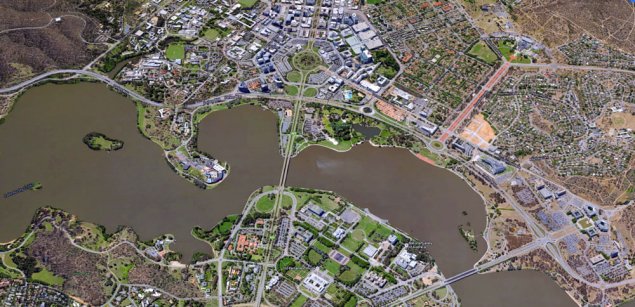 There’s been a load of positive mainstream press about the wonders of the ACT Government’s major project for the centre of Canberra, The City to Lake Project.
There’s been a load of positive mainstream press about the wonders of the ACT Government’s major project for the centre of Canberra, The City to Lake Project.
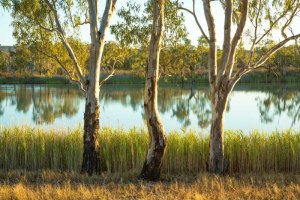 Interested in all things to do with the garden – and listening to people’s discussions around gardens? Talking Plants is a recommended program from Radio National on the ABC. Here’s a link to the program’s web page – click here.
Interested in all things to do with the garden – and listening to people’s discussions around gardens? Talking Plants is a recommended program from Radio National on the ABC. Here’s a link to the program’s web page – click here.
Someone had the audacity to call green-walls – nothing but horticultural bling! Yes – totally agree.

Having any urban park is to be celebrated and all efforts should be made to ensure their continued existence. Parks are constantly under threat from various property industry lobbyists who have the ear of government.
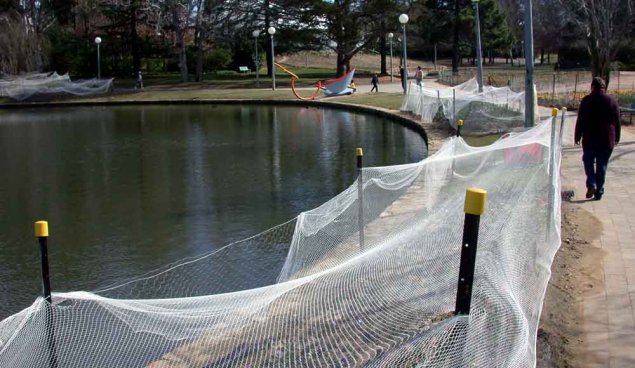
As mentioned in an earlier post, the ACT Government is under pressure from the National Capital Authority to move Floriade out of Commonwealth Park west.
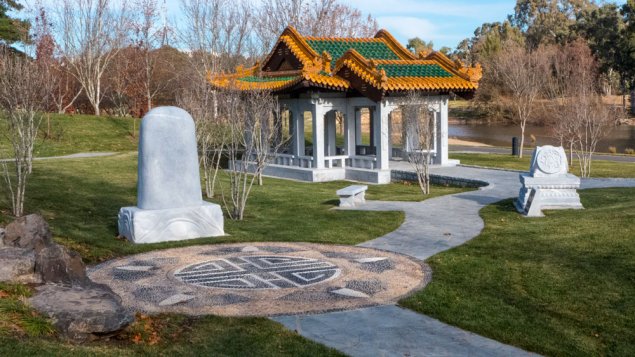 In researching the establishment of these Chinese Gardens I came across some of the consultation documents when the public was asked to comment on the gardens being built within Lennox Gardens.
In researching the establishment of these Chinese Gardens I came across some of the consultation documents when the public was asked to comment on the gardens being built within Lennox Gardens.
available on DVD
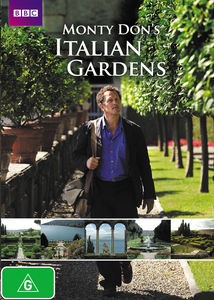 I did not get to see this program on TV so it was great to catch up with the DVD release. If you at all interested in gardens and their history, then this one is a definite for you
I did not get to see this program on TV so it was great to catch up with the DVD release. If you at all interested in gardens and their history, then this one is a definite for you
Of course the gardens are those made by the rich and famous/infamous – with at least one exception being an urban market garden that has so far not been consumed by urban developments around Naples.
This is a job well done. I saw an article about this and was determined to have a look. Now if only those promoting it had been sensible and given an address.
Continue reading Melbourne Botanic Gardens Guilfoyle’s Volcano
It was announced in the UK that the winner of a competition has proposed that to deal with population growth that new cities should be built nearby established ones. These would be garden cities connected back to the older city by public transport.
This is a job well done. I saw an article about this and was determined to have a look. Now if only they had been sensible and given an address.
The park celebrated its tenth anniversary last June. This first image is from their own website.
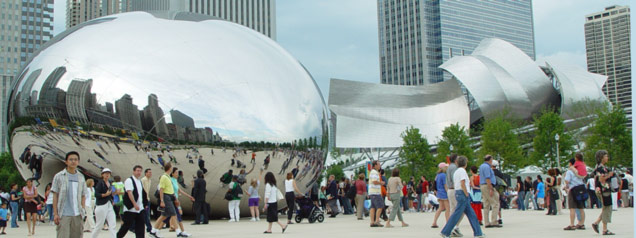
I spotted this YouTube introduction to the Far East Organization Children’s Garden at Gardens by the Bay in Singapore.
Continue reading Far East Organization Children’s Garden, Singapore
I have said it before and am happy to say so again, I live in a suburb in Canberra that has a fabulous amount of trees. The amount of trees in the public arena, streets and parks etc, combined with those throughout the residential properties delivers an ambience that is hard to explain to anyone who has not experienced it. With our local trees comes other biodiversity and heaps of bird life. Researchers have just worked this out. Click here for a story on this.
The Queensland state government spent millions on the Roma Street Parklands. This parkland was set to add huge value to any apartments built around its edges. One would have thought that the City would have insisted on at least some higher levels of design for such buildings. Continue reading Roma Street Parkland, Brisbane, Part Two
I first visited these gardens and parklands back in 2004 and was very impressed then. This parkland project was a major commitment by the then state government to re-develop a former industrial site and to join it to the existing Albert Park to form one larger parkland, the Roma Street Parklands. I highly recommend anyone and everyone visiting Brisbane to allocate at least an hour to wander about these parklands ten minutes or more away from the Brisbane CBD. (click on any image to enlarge it)
I spotted this YouTube introduction to the Far East Organization Children’s Garden at Gardens by the Bay in Singapore.
I have the benefit of living in a suburb with plenty of tree cover. In fact the view outside onto the streets is almost as if the street is a parkland. The concept that any suburb should have an abundance of trees and shrubs and associated bio-diversity is simply so logical that one wonders why would anyone think otherwise.
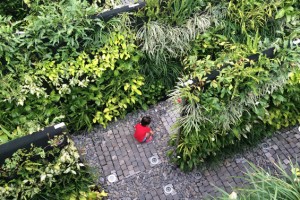 I came across this garden when looking through the short listed projects for the World Architecture Awards to be announced in Singapore in early October 2014. At first I was very impressed with the technical qualities and that it was a form of the old fashioned maze, but done with plants in a more sustainable manner.
I came across this garden when looking through the short listed projects for the World Architecture Awards to be announced in Singapore in early October 2014. At first I was very impressed with the technical qualities and that it was a form of the old fashioned maze, but done with plants in a more sustainable manner.
Continue reading 2014 World Architecture Festival Awards: Vertical Garden
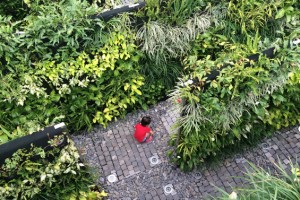 I came across this garden when looking through the short listed projects for the World Architecture Awards to be announced in Singapore in early October 2014. At first I was very impressed with the technical qualities and that it was a form of the old fashioned maze, but done with plants in a more sustainable manner.
I came across this garden when looking through the short listed projects for the World Architecture Awards to be announced in Singapore in early October 2014. At first I was very impressed with the technical qualities and that it was a form of the old fashioned maze, but done with plants in a more sustainable manner.
I later searched for more on this and realised that it was very much a decorative maze in a resort in Vietnam. The resort being a re-use of a former French colonial resort. Below I have given a report on this garden from World Landscape Architecture.
(part of the series on the 2014 Environmental Design Research Association (EDRA) conference
“Urban agriculture is a phenomenon today,” said Farham Karim, an architectural historian at the University of Kansas, at the Environmental Design Research Association (EDRA) conference in New Orleans. Upwards of 70 million people are now involved around the globe — on Farmville, at least, the popular game app, he laughed. But, in reality, there are many tens of millions farming on the ground, too. With all the growing interest, Karim played devil’s advocate, wondering: is urban agriculture scalable? And who is going to be doing all this urban farming? And if we know it’s not a cost-effective solution for solving the world’s food problems, why the persistent interest?
click here for the full article.
————————————
Paul Costigan, 17 June 2014
from The Guardian, Designing cities and factories with urban agriculture in mind. The Netherlands offers inspiration for designers looking to create environments that harvest water, energy and nutrients.
Urban farms are transforming inner city spaces – rooftops, infrastructure, streetscapes, building skin – into generative ecologies that support the lives of people, and pollinators too. They are bringing into cities, and into plain view, the natural systems that sustain urban life
Empires of Food: Feast, Famine and the Rise and Fall of Civilizations
Evan D. G. Fraser and Andrew Rimas. Random House, 2010
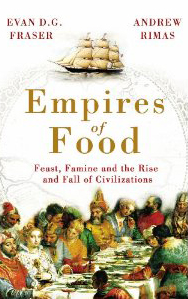 As if there was not enough information available on how the world is not paying attention to all the warning signs, this book was recommended to me to make me aware of the dire situation coming our way in relation to the supply of adequate food for coming generations.
As if there was not enough information available on how the world is not paying attention to all the warning signs, this book was recommended to me to make me aware of the dire situation coming our way in relation to the supply of adequate food for coming generations.
This is all linked in with the issues of climate change, population growth and the way we have allowed our food supplies to be controlled by particular market and political forces. This book is a must read for all.
This is a story about local people caring for their own. In the first instance one woman’s determination to make the open space beautiful around her new home. And then a story about the local community who have since stepped in to keep and maintain her legacy, now called the Grace Marchant Garden.